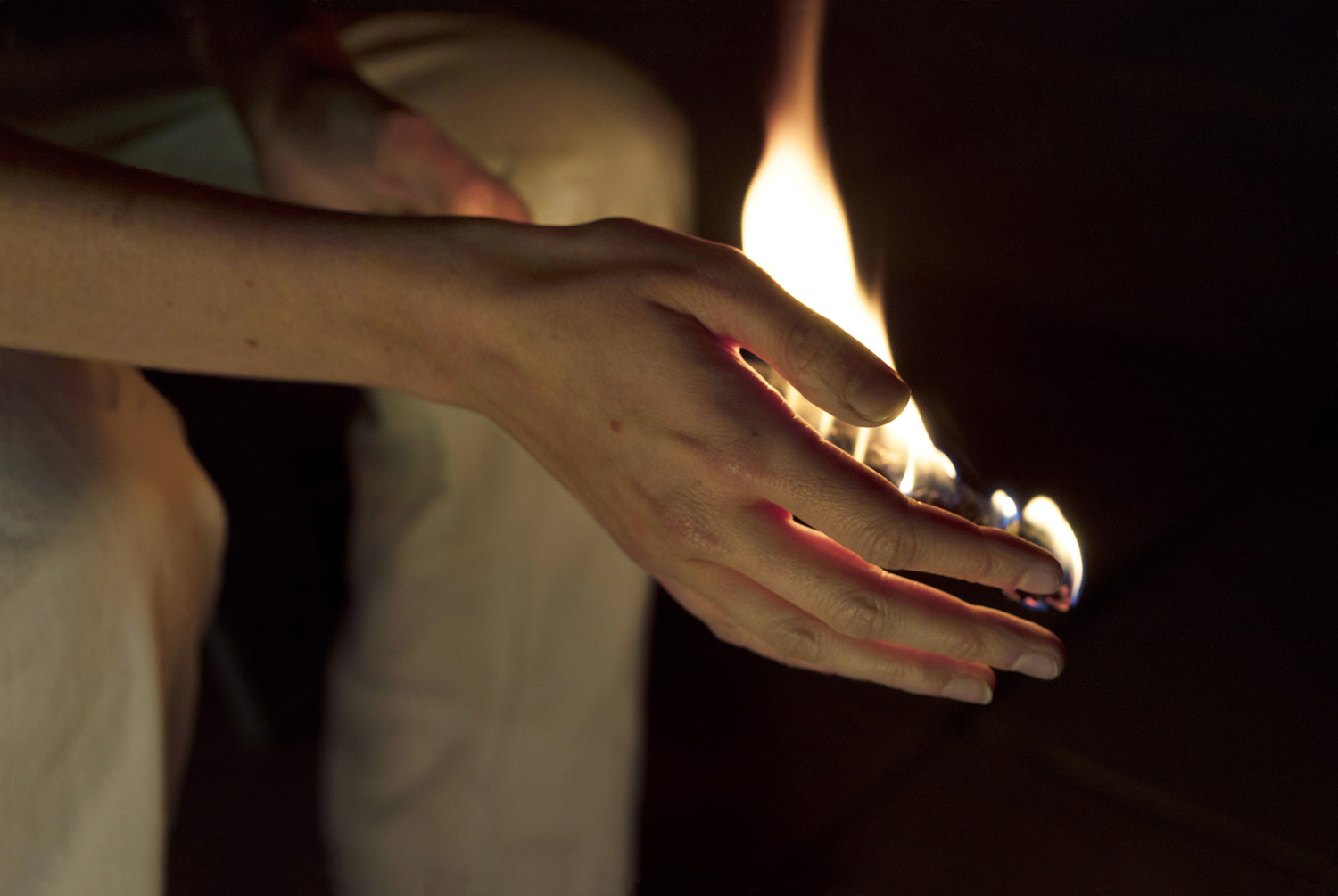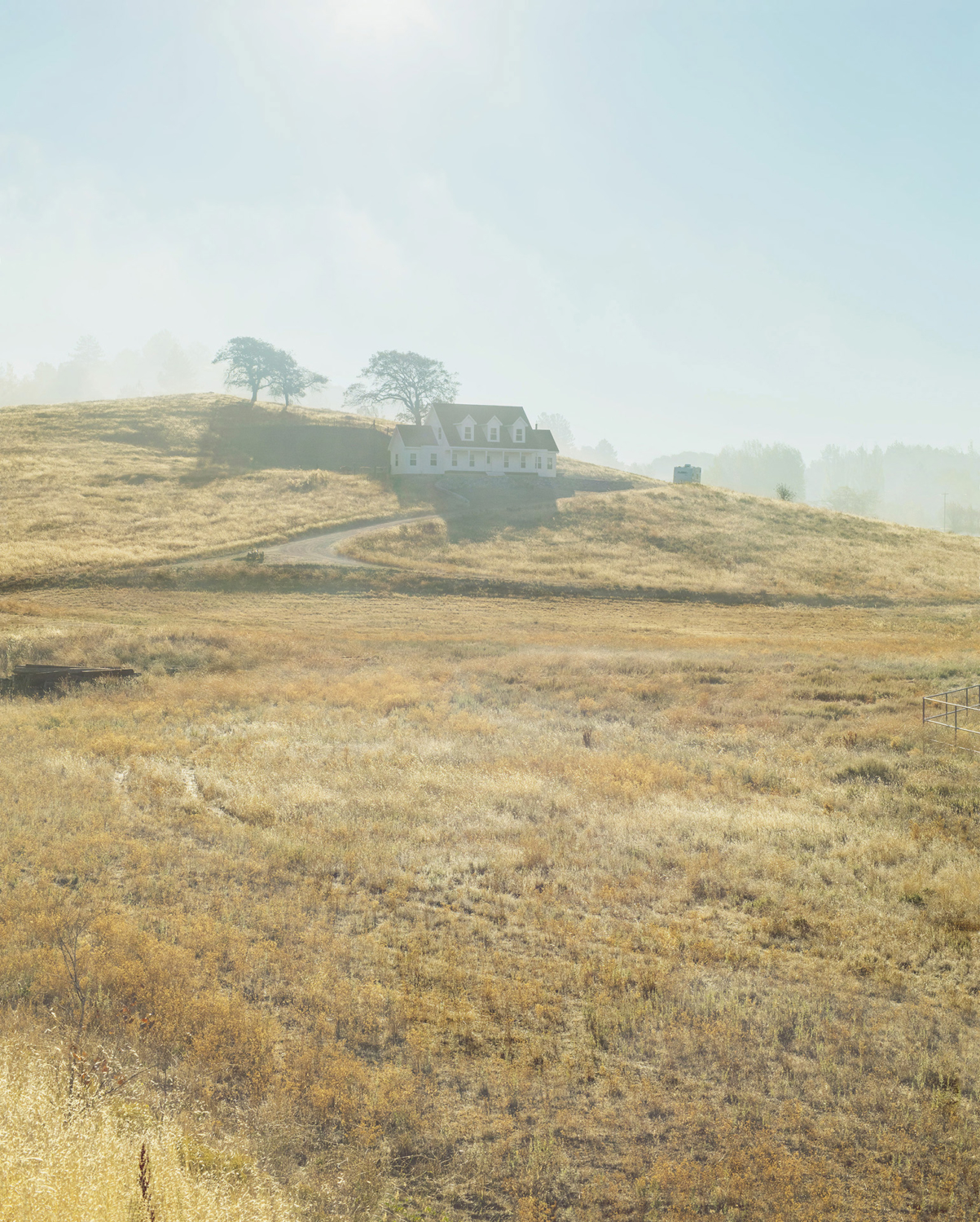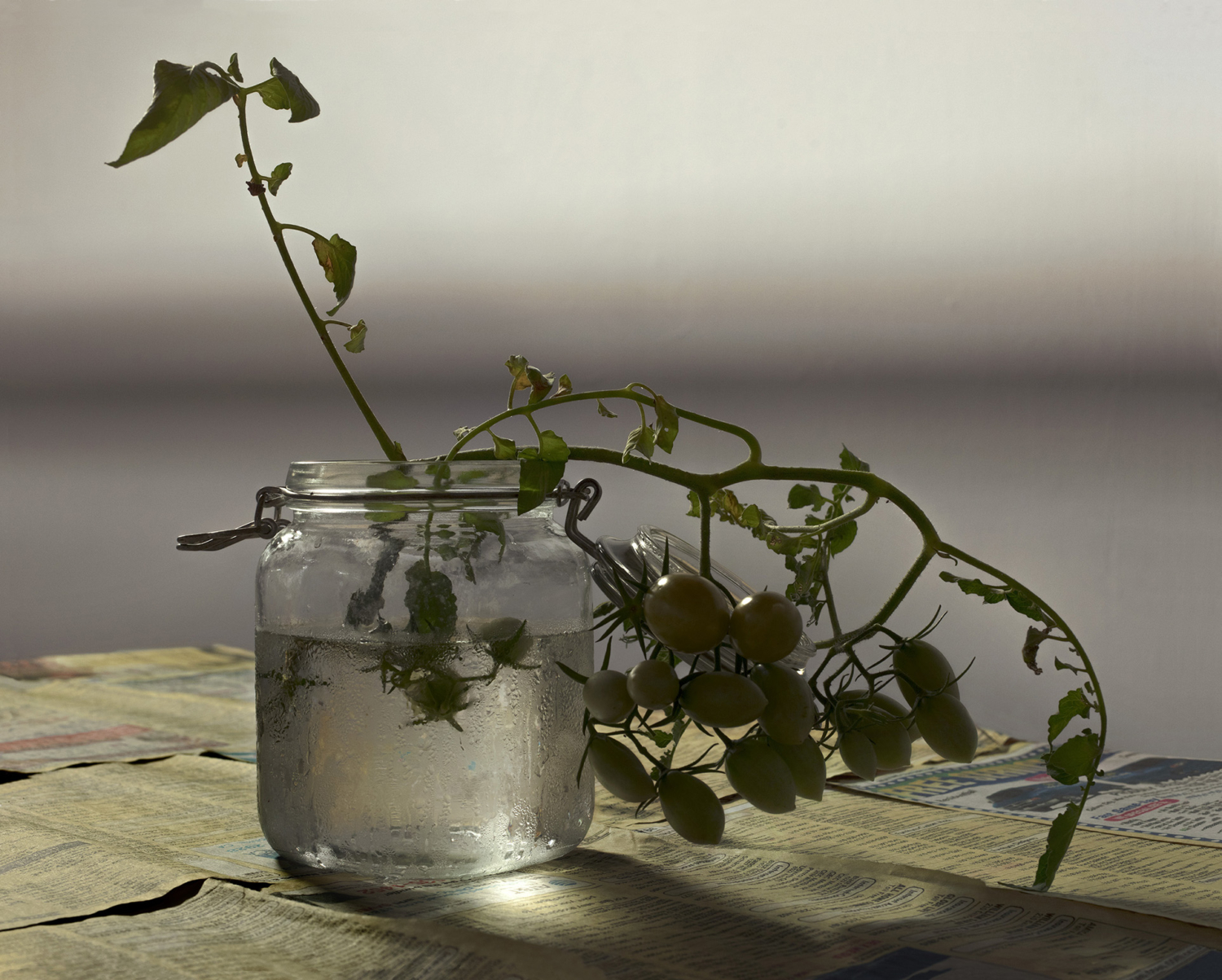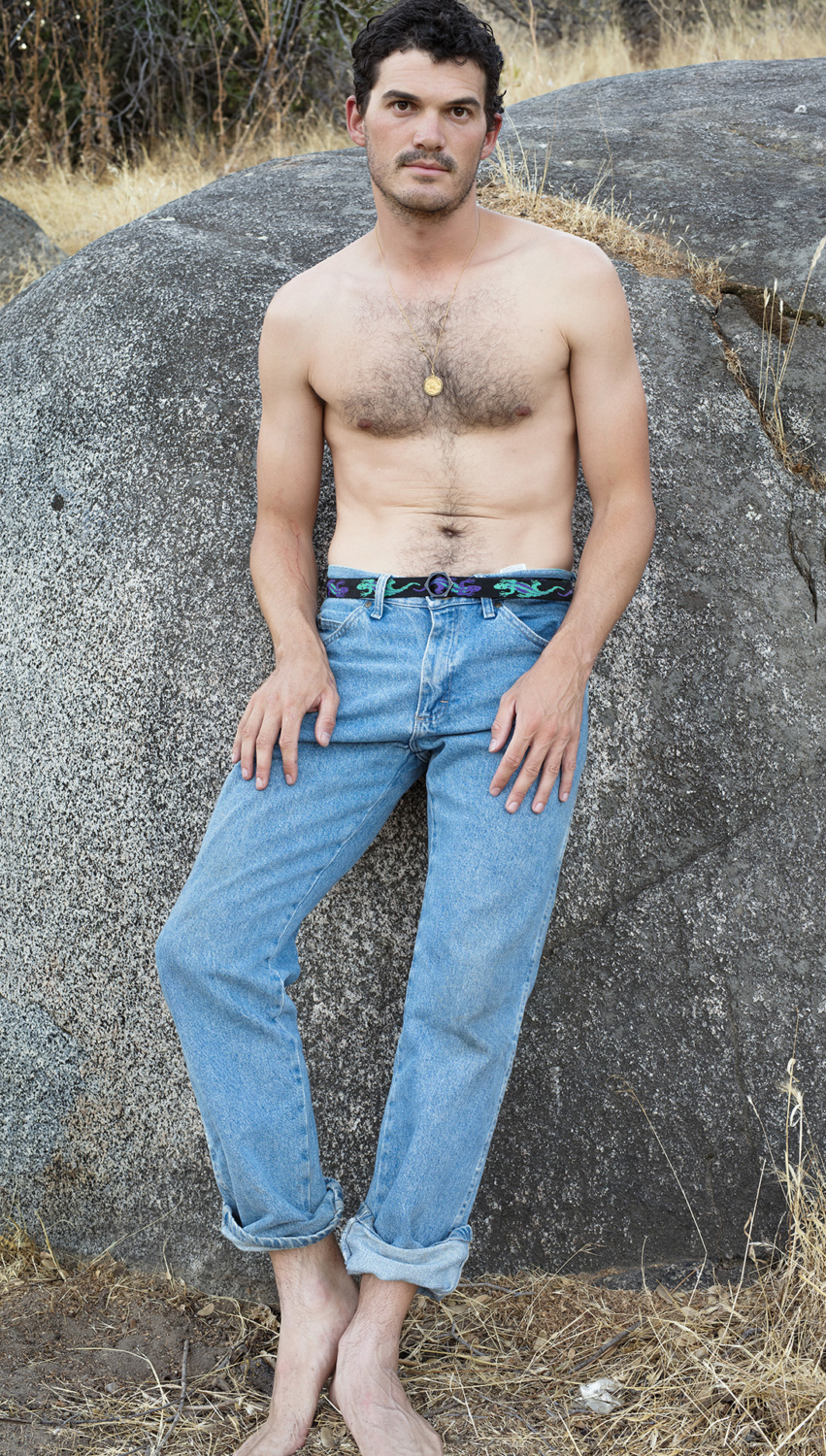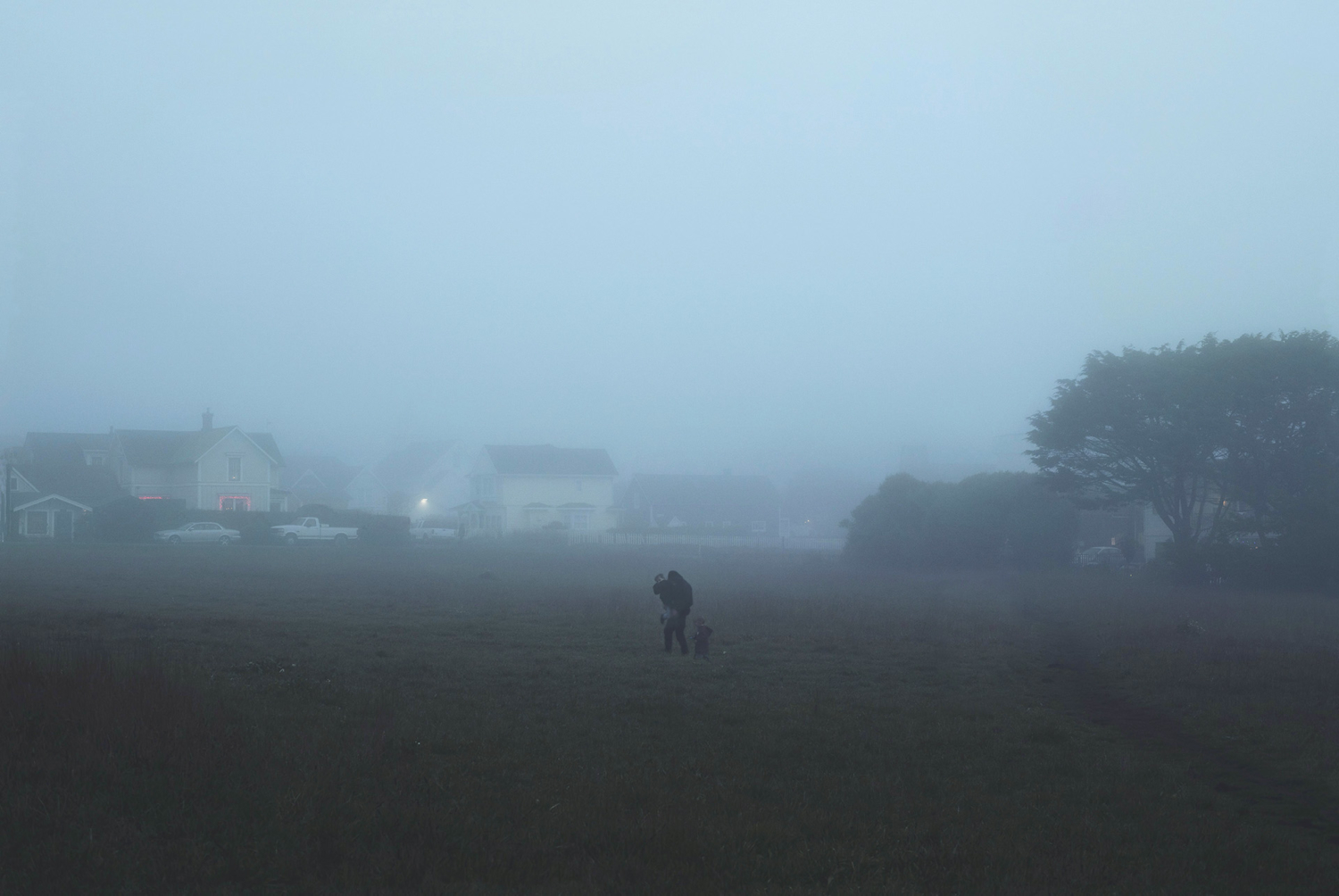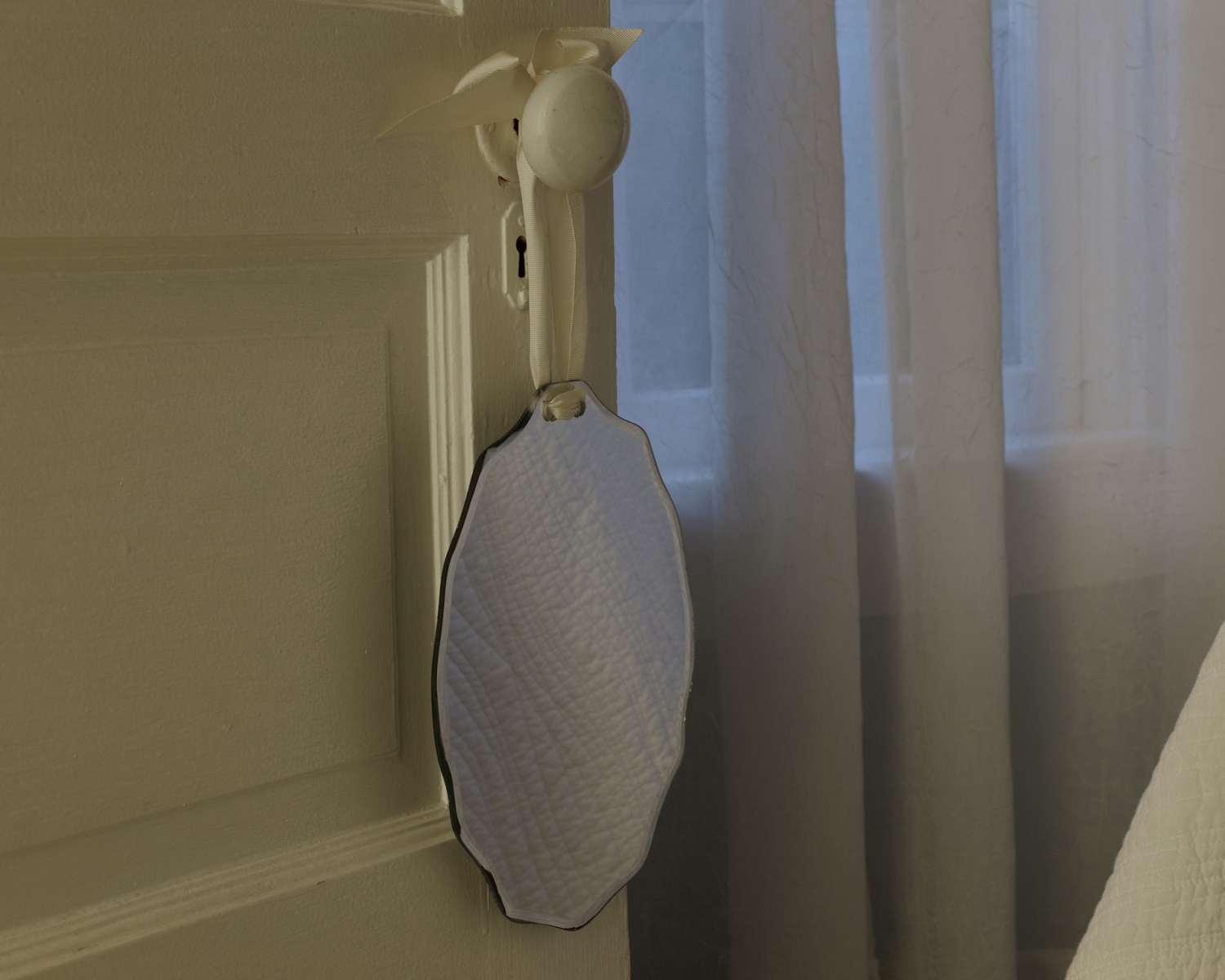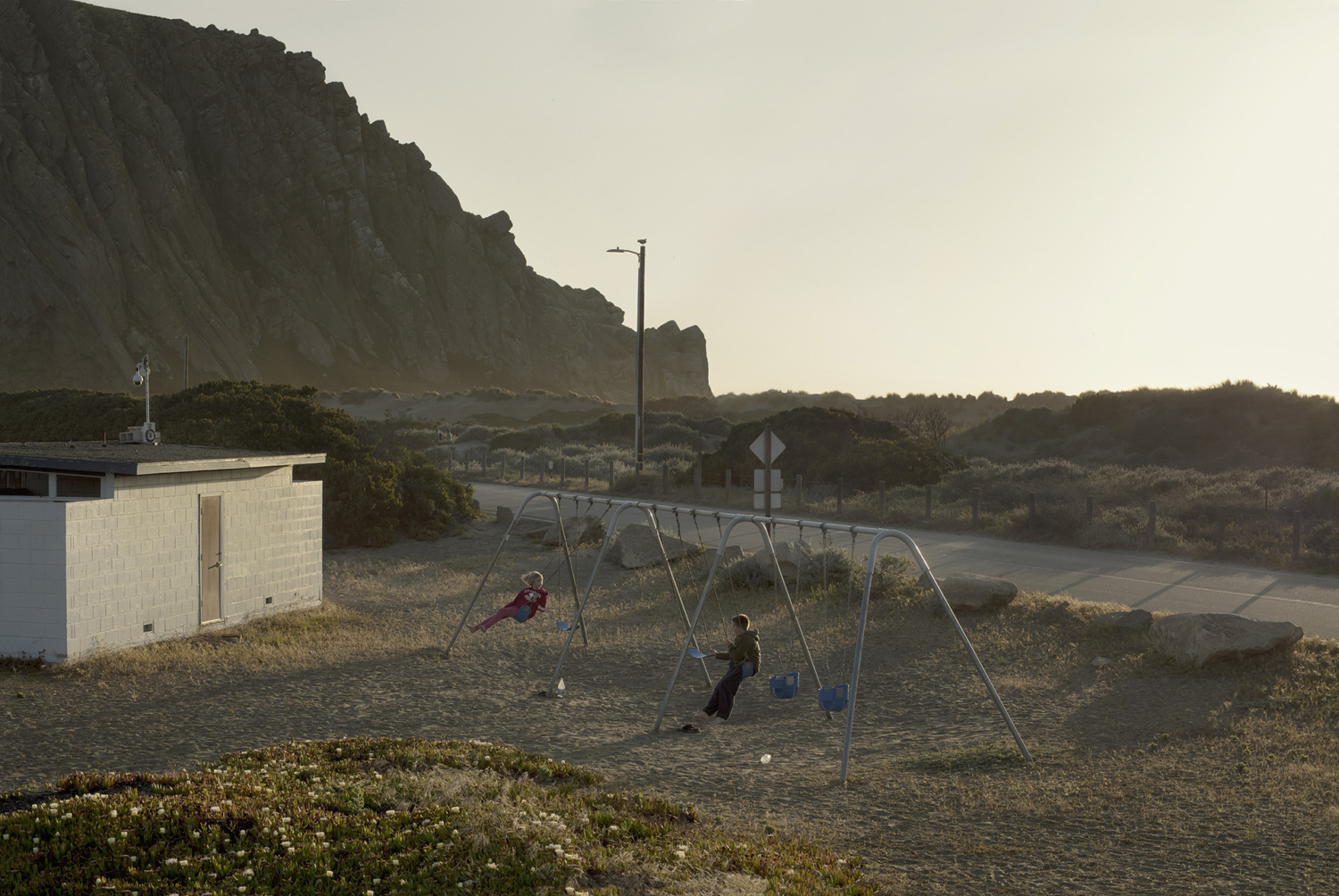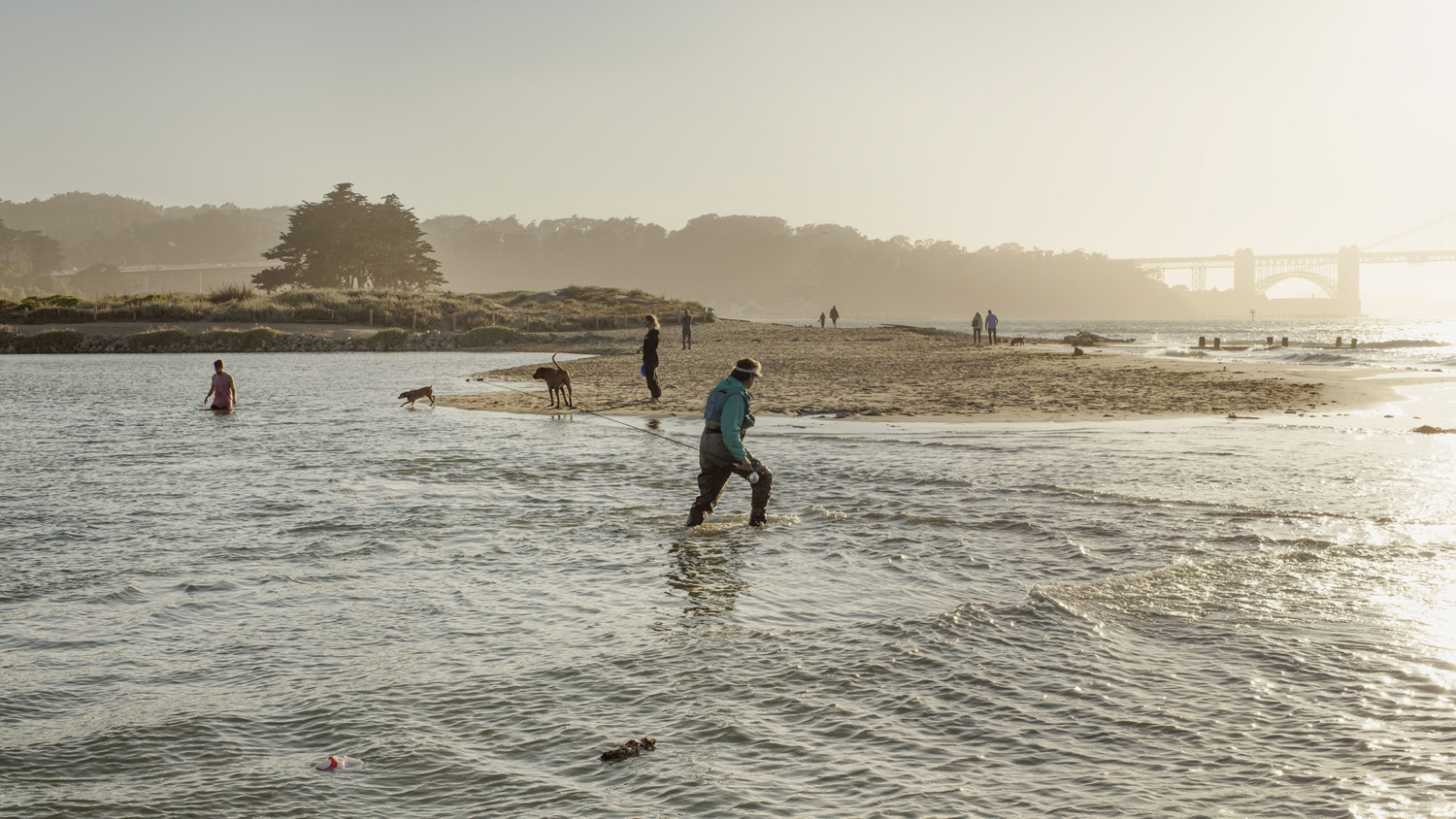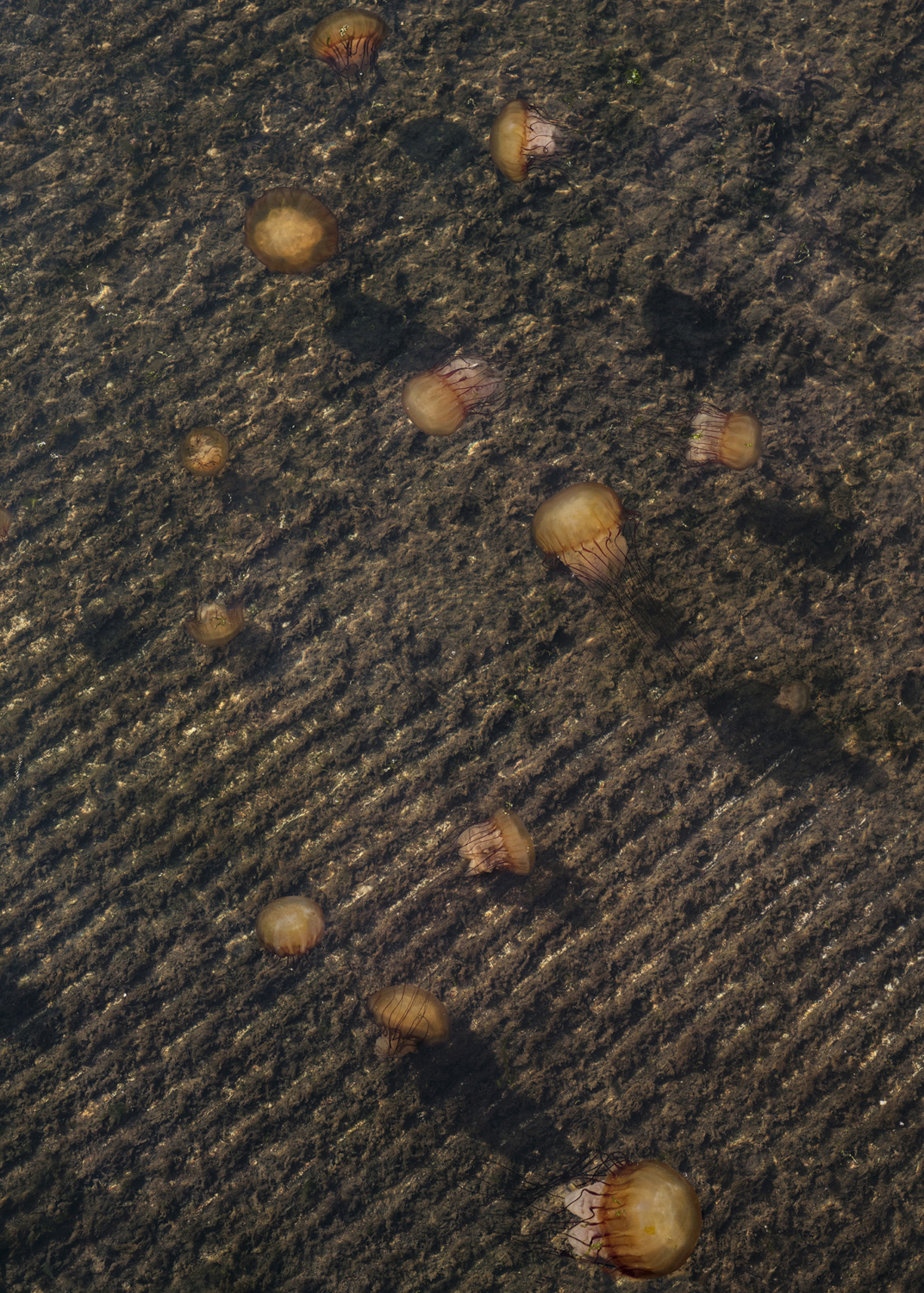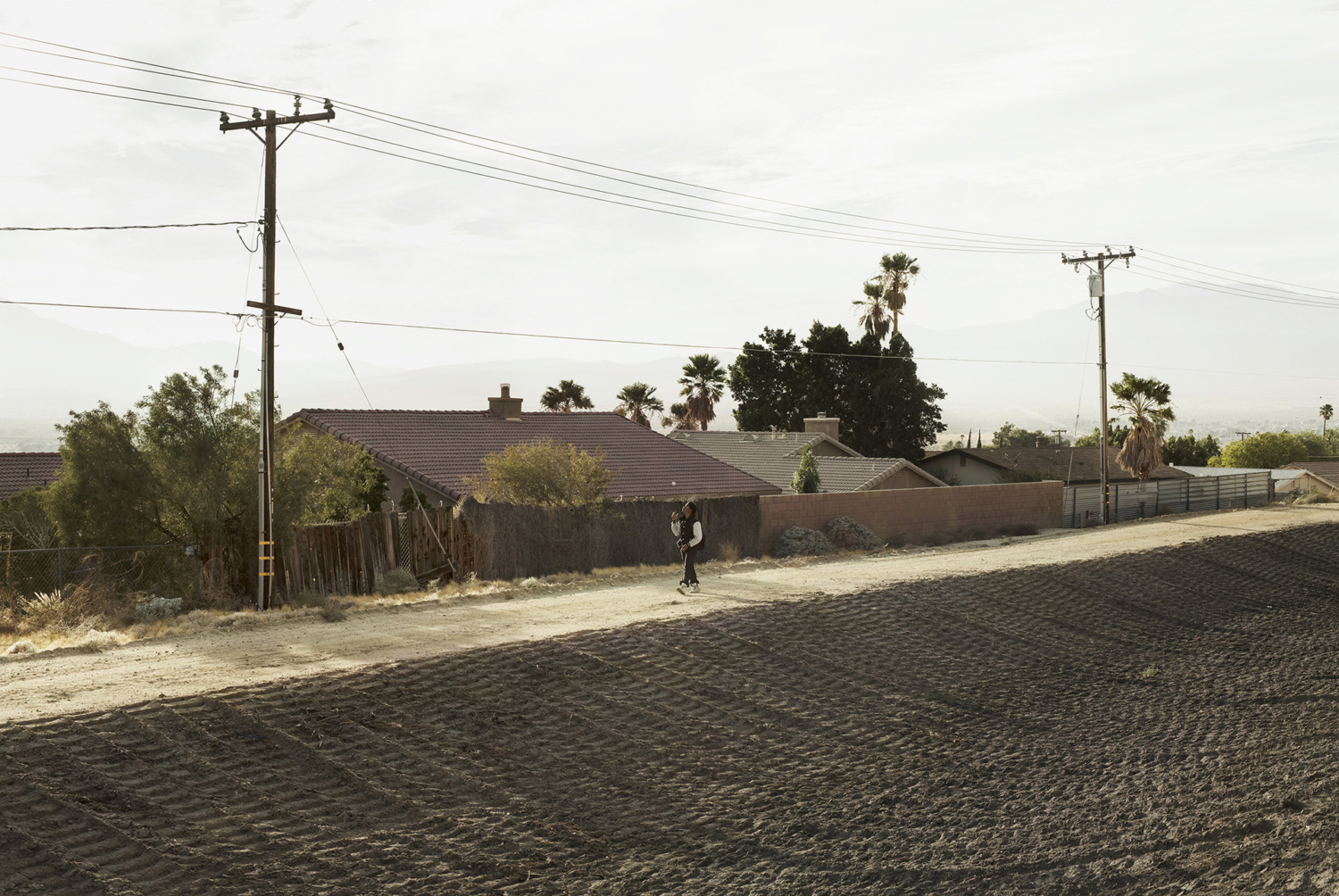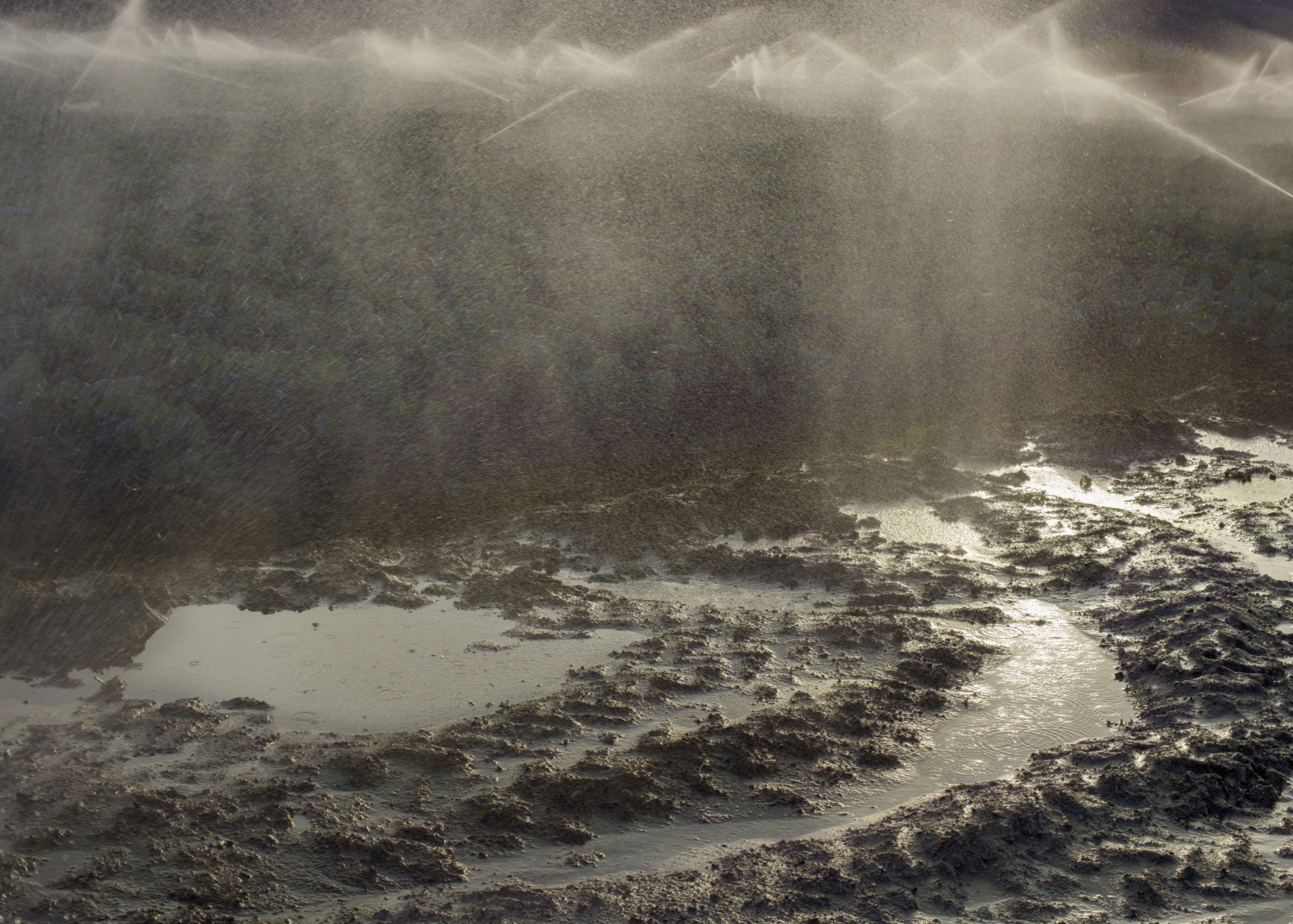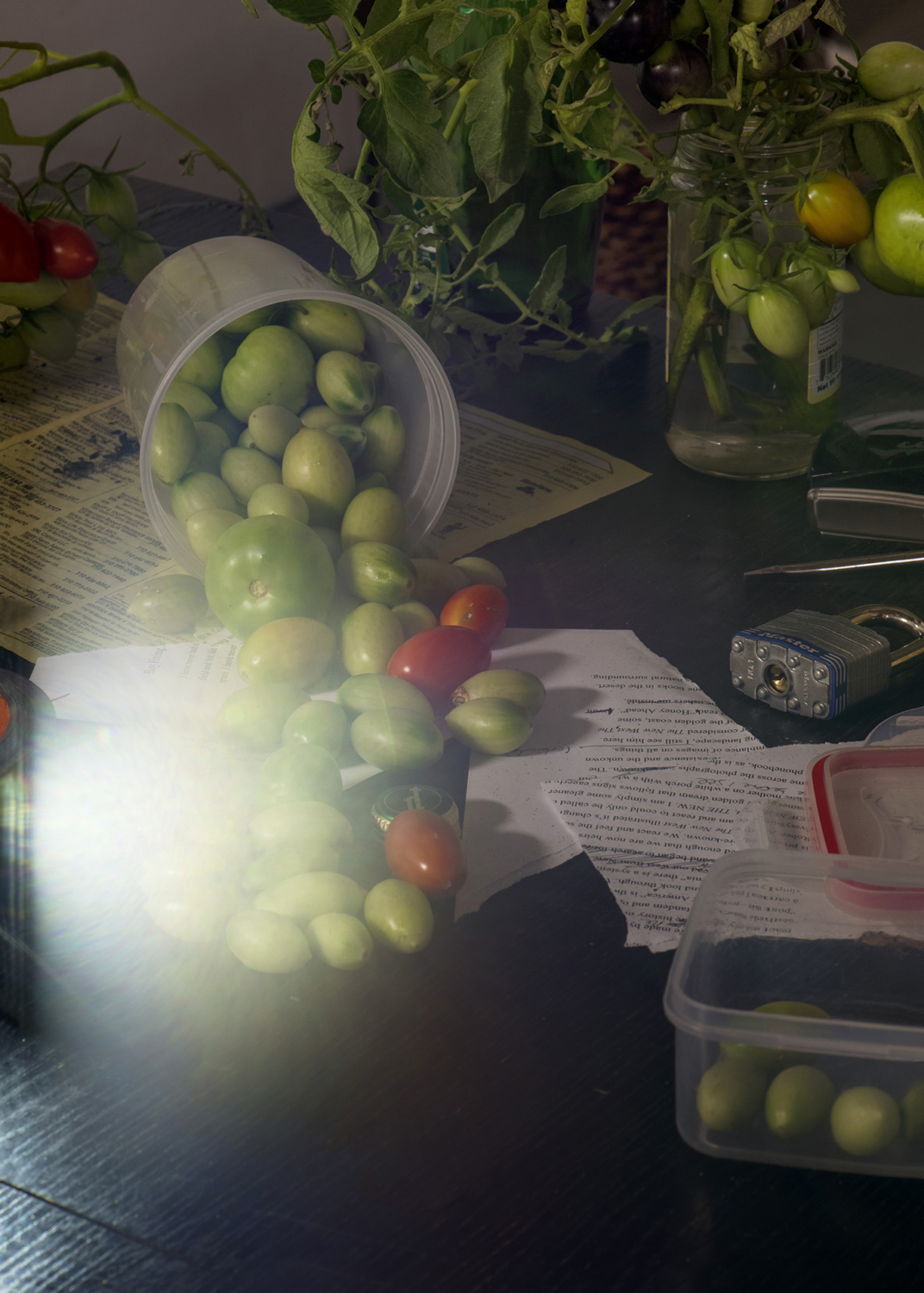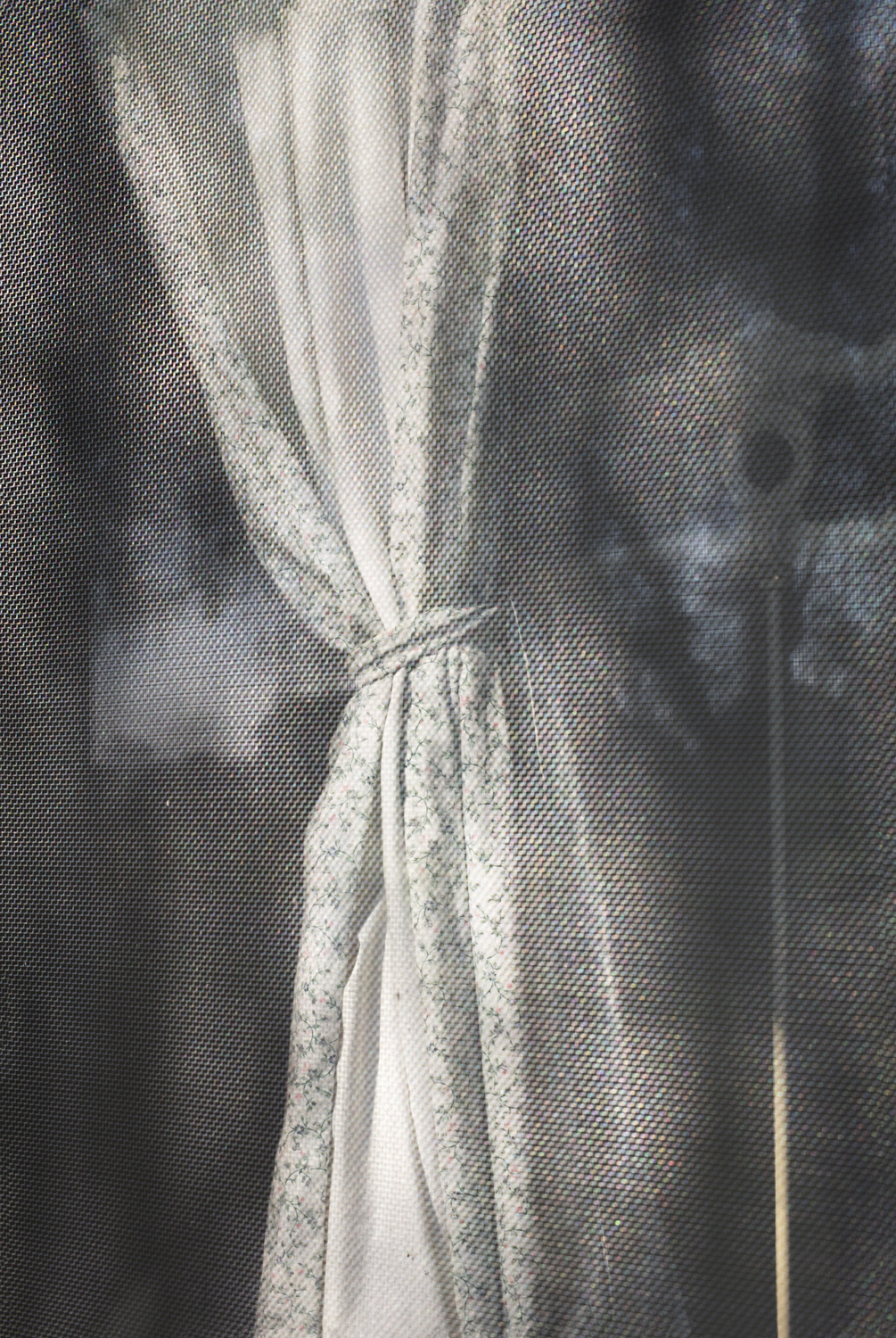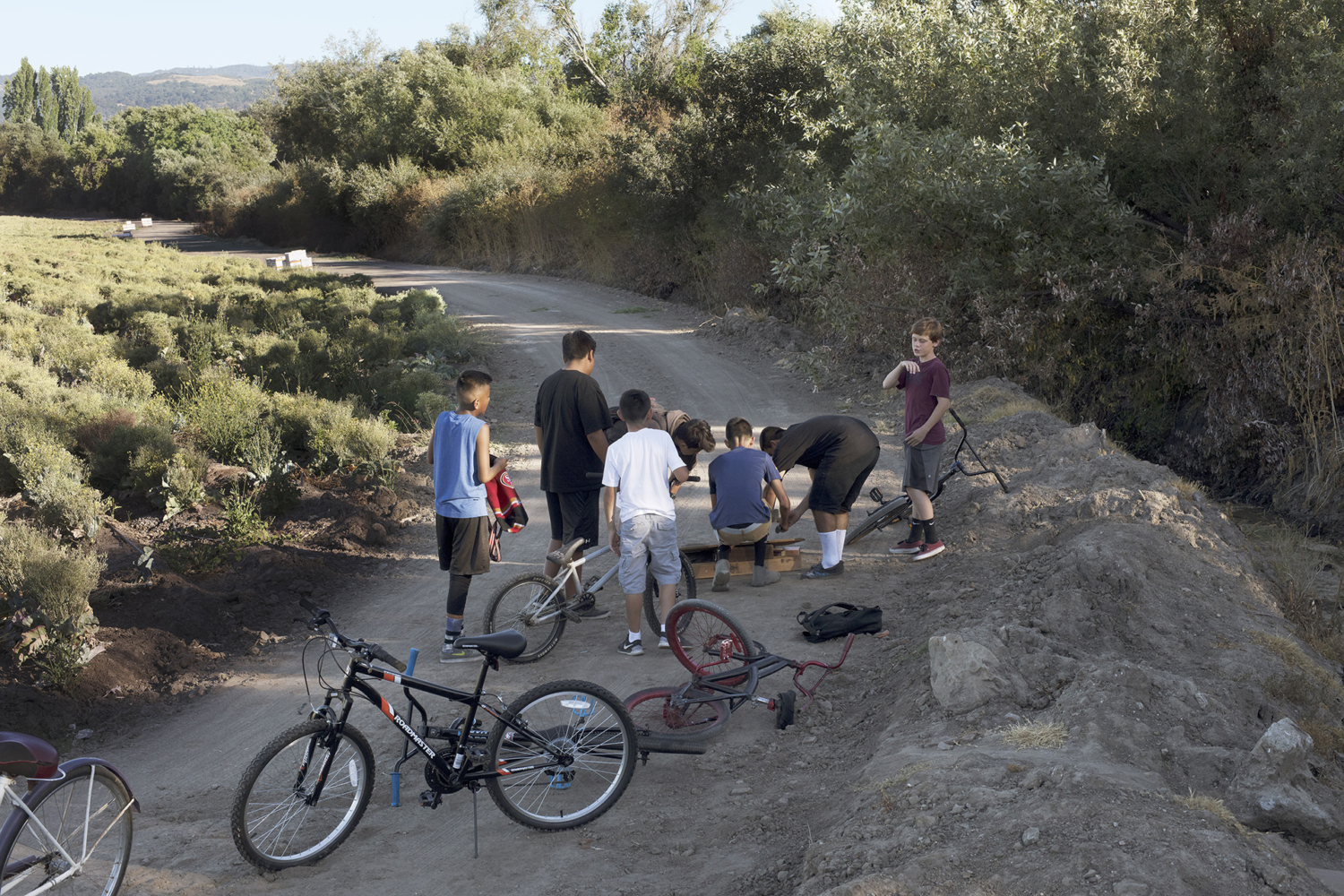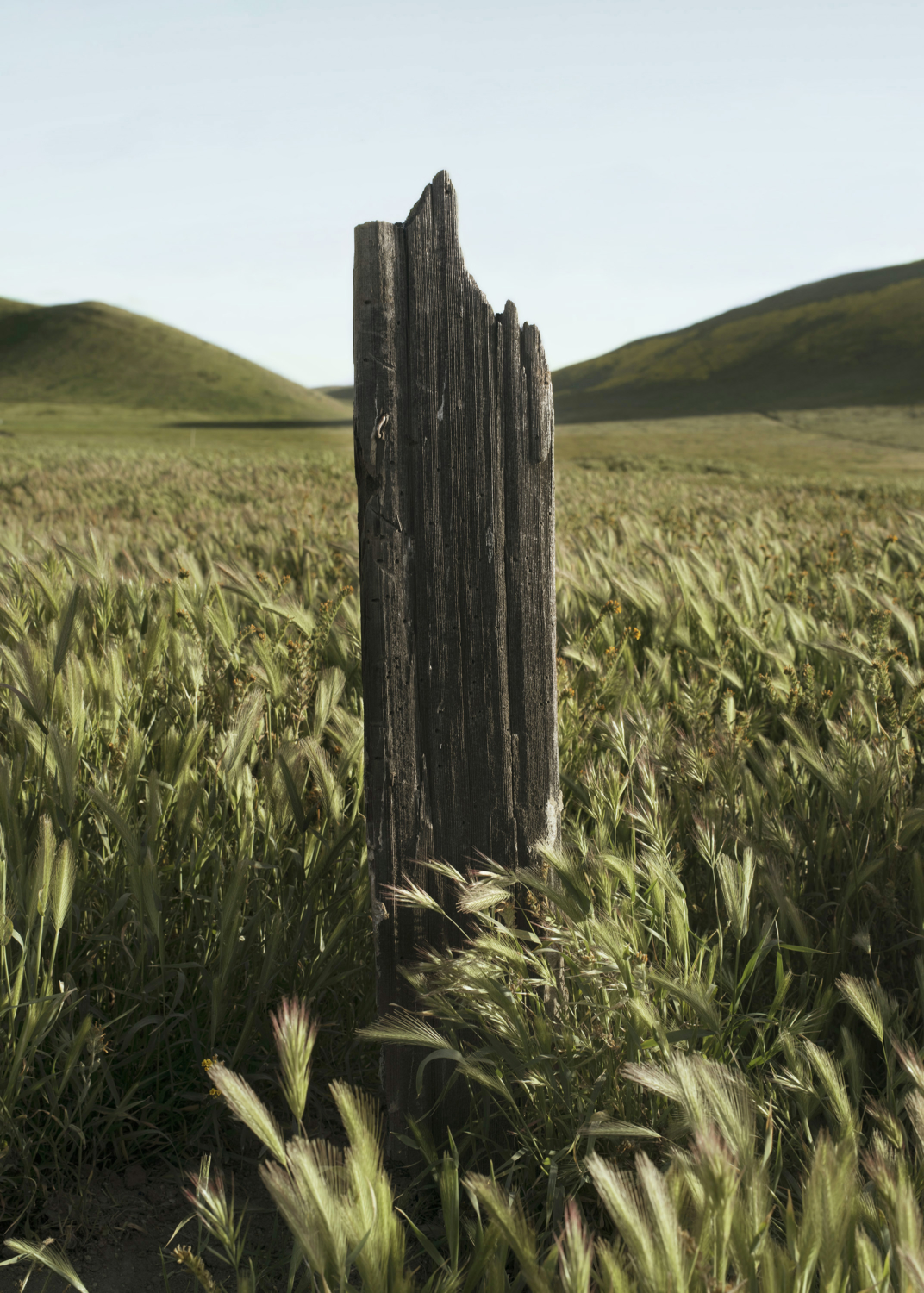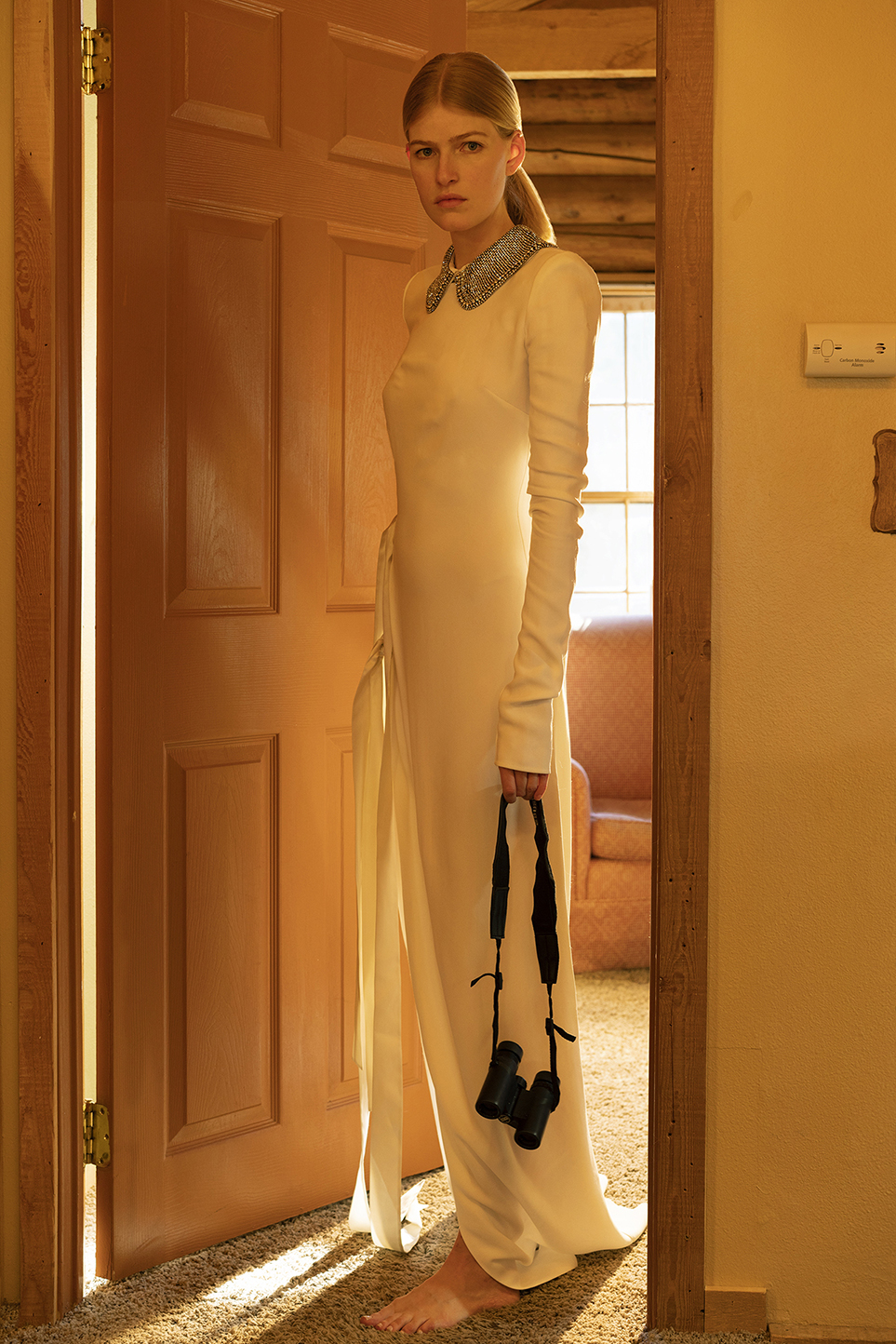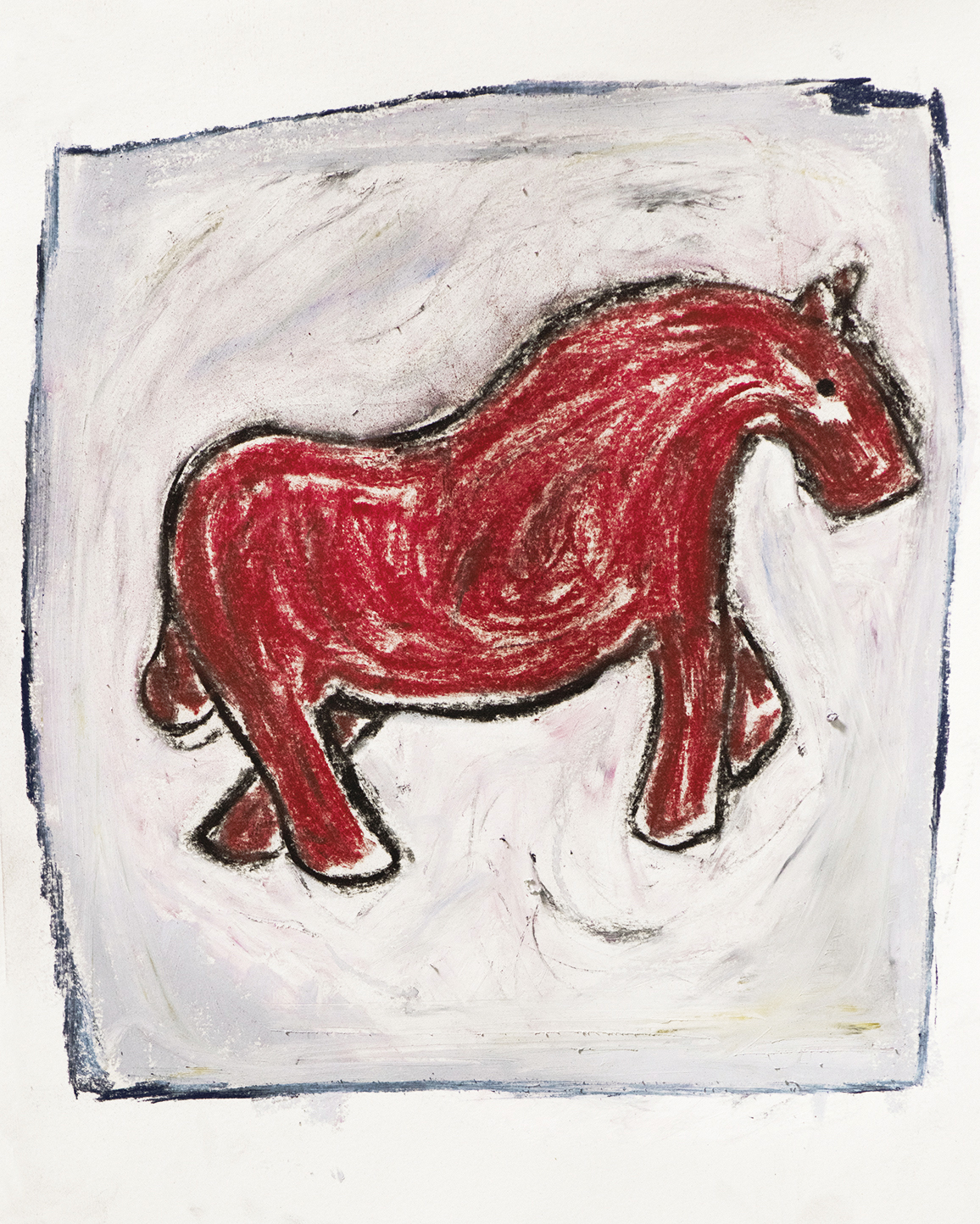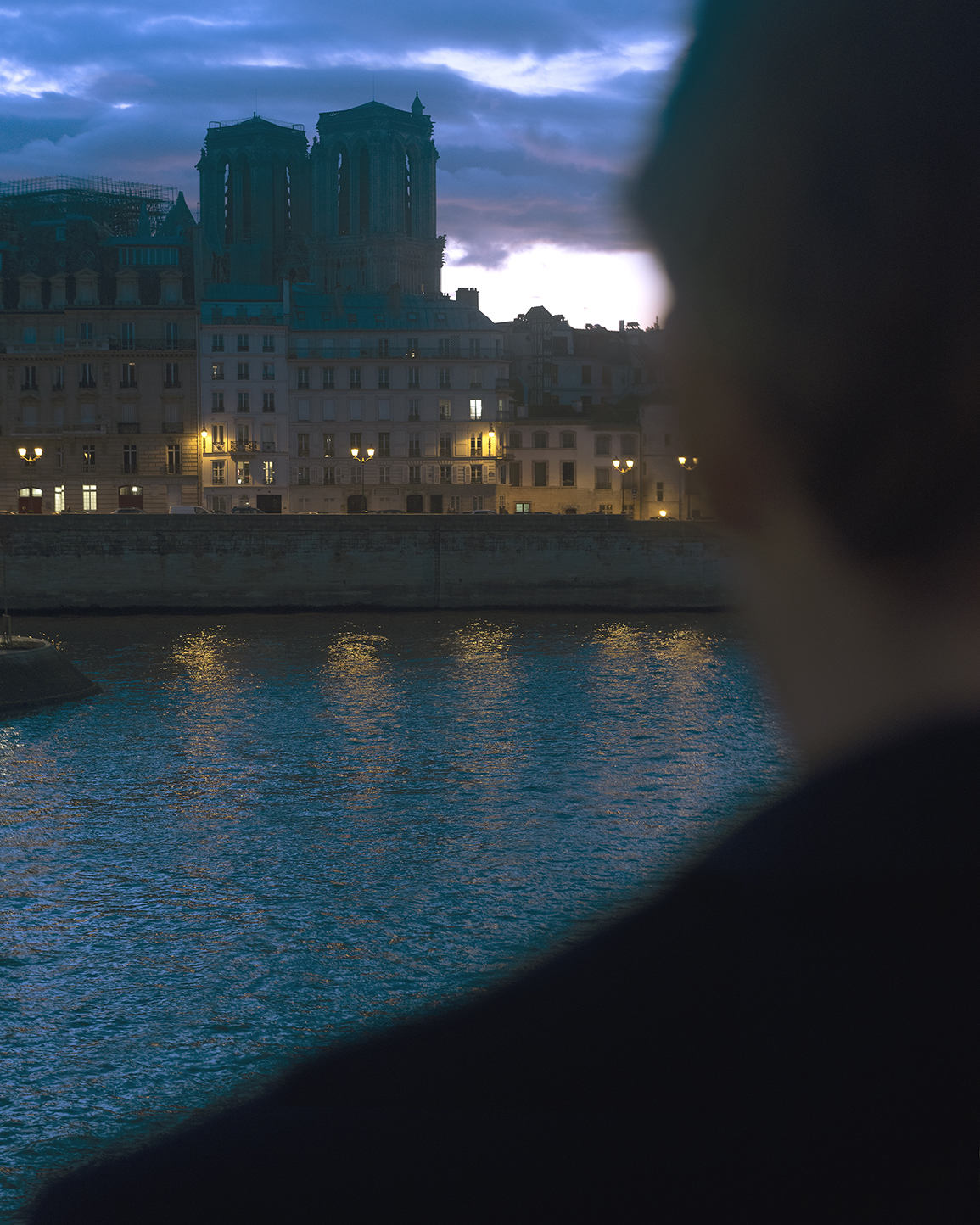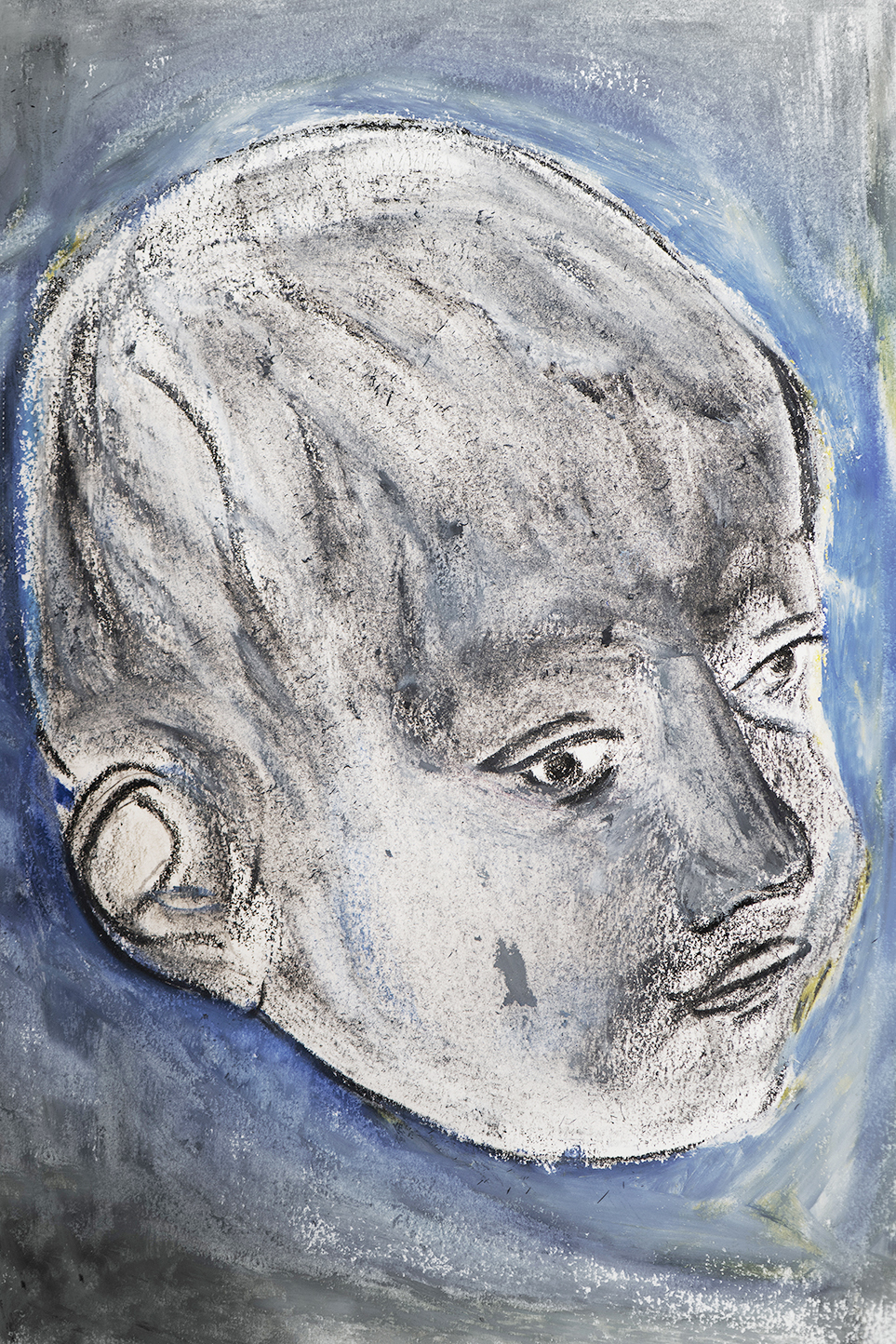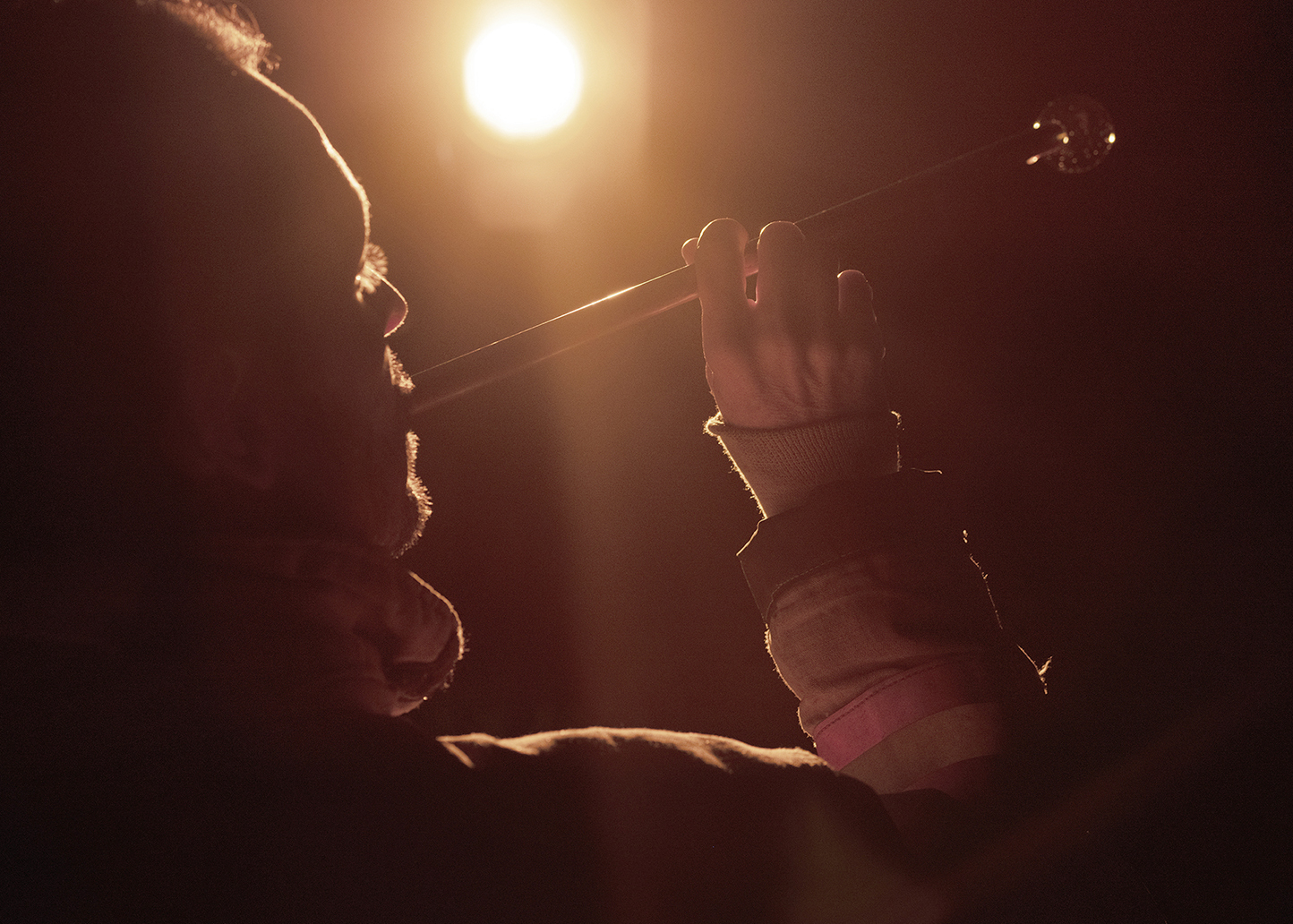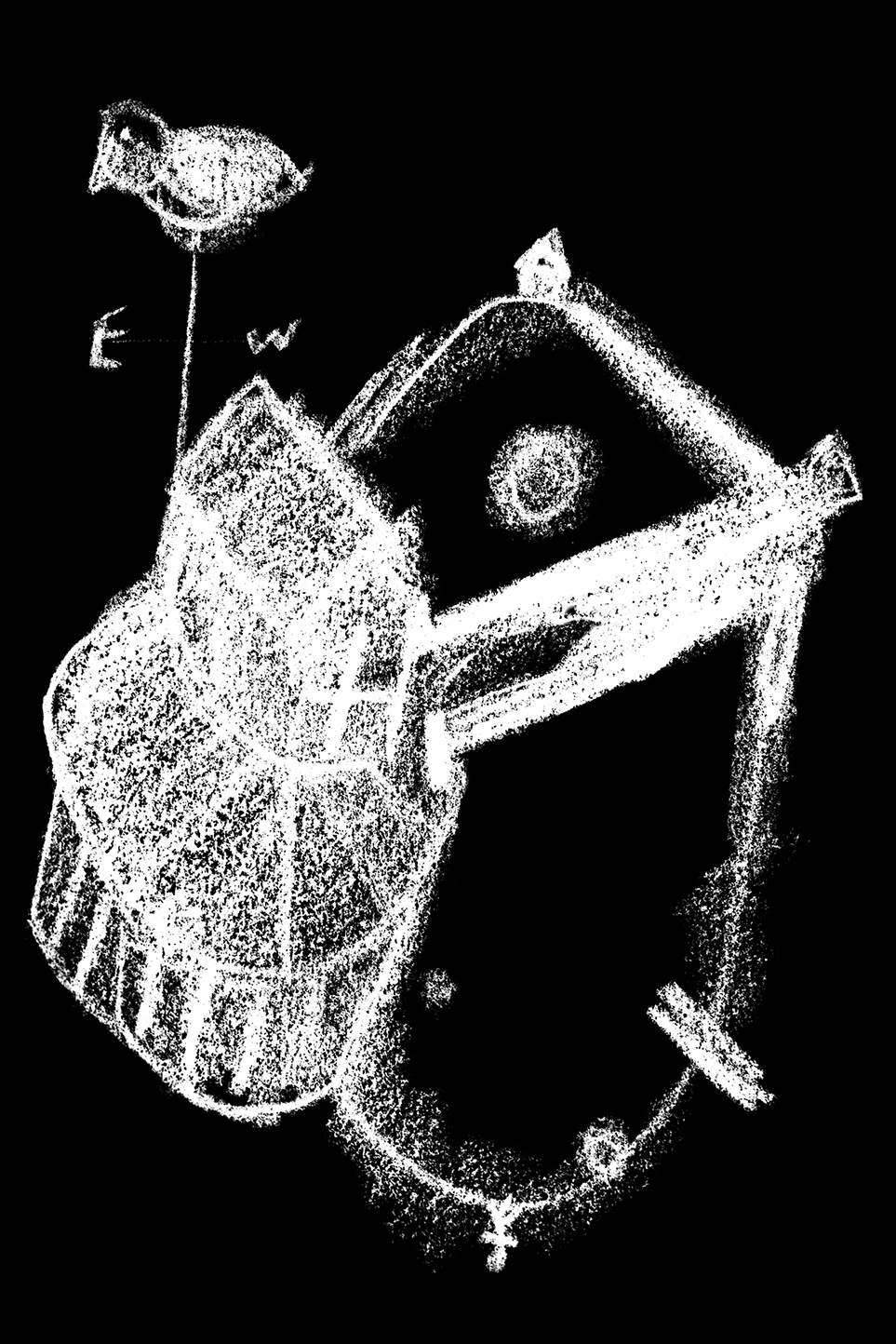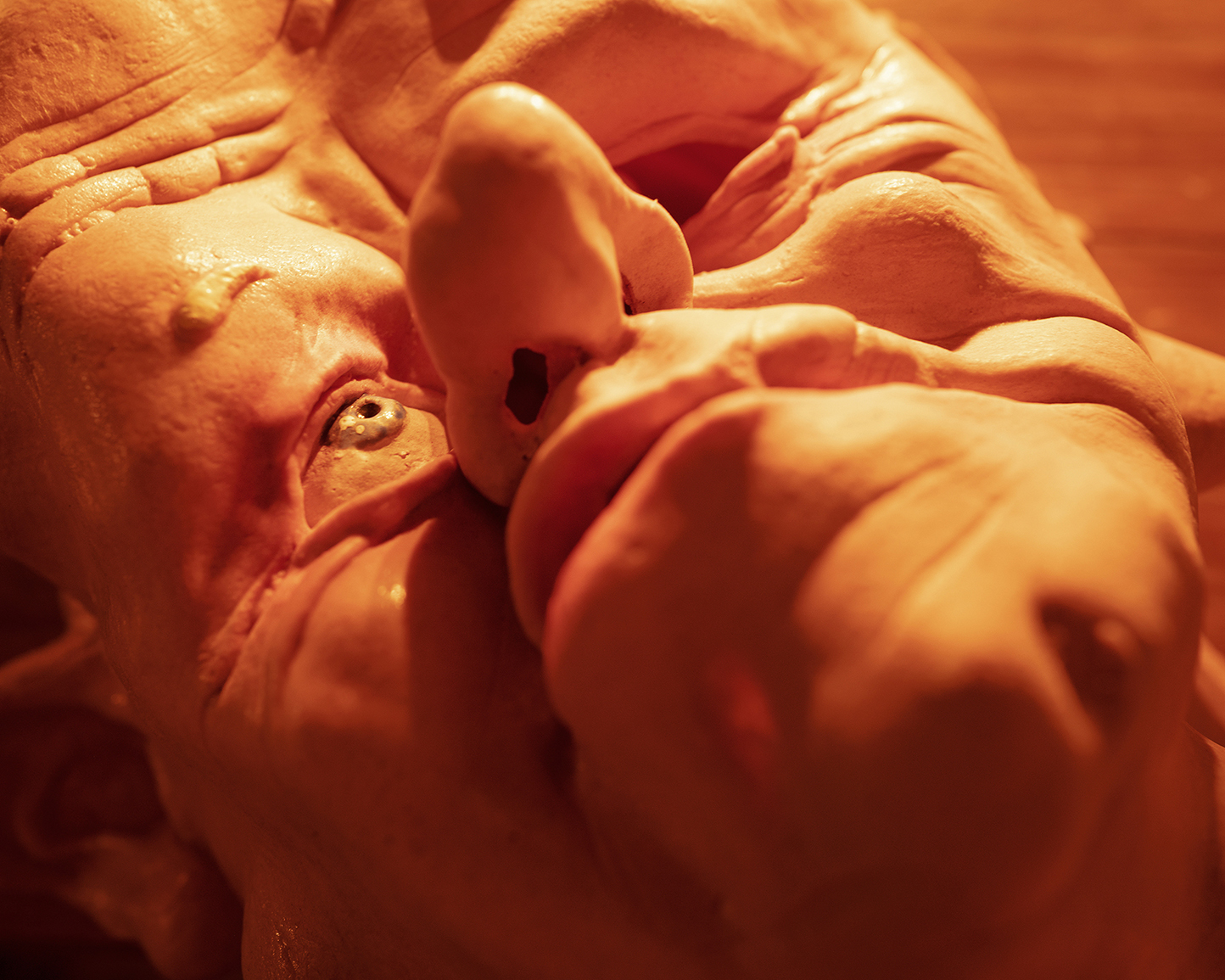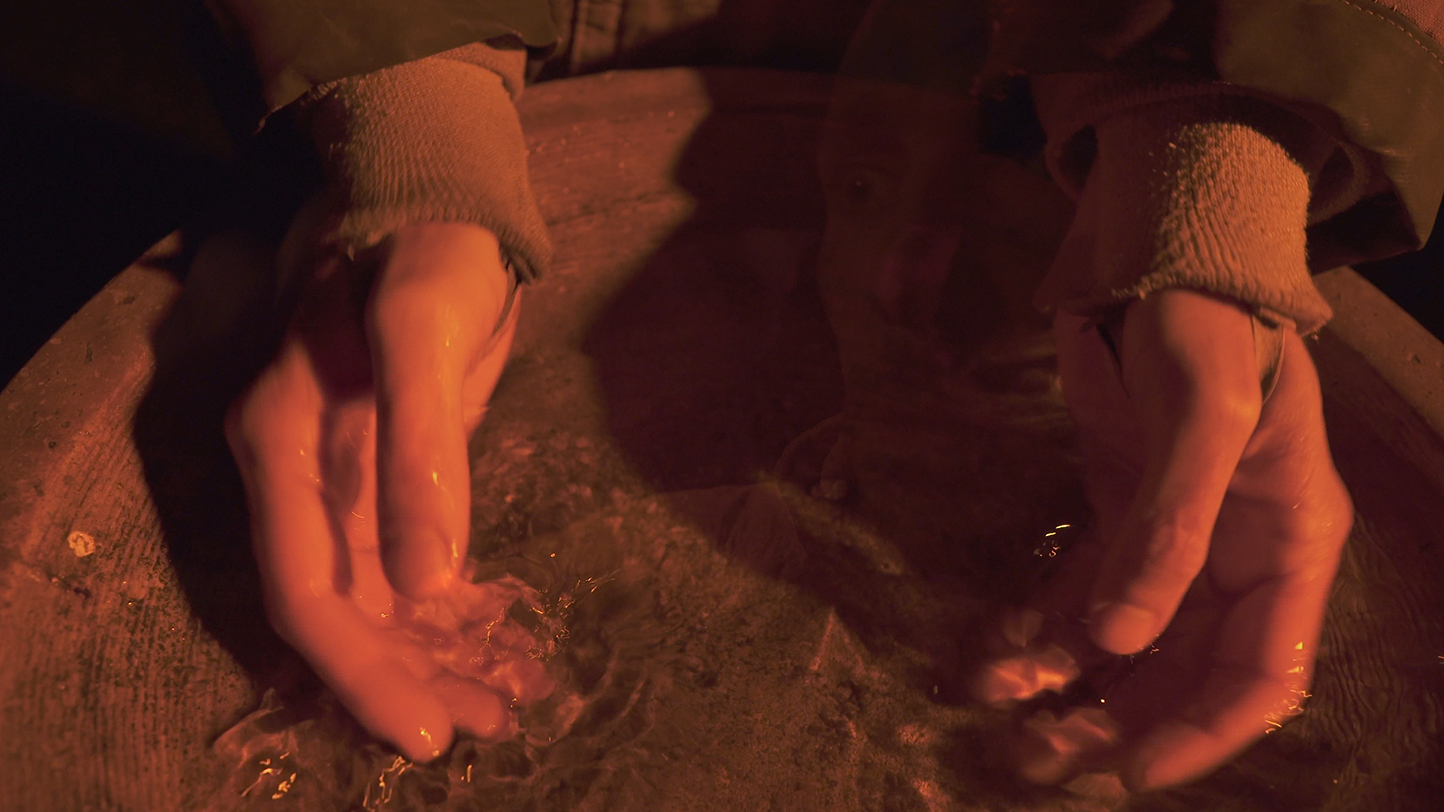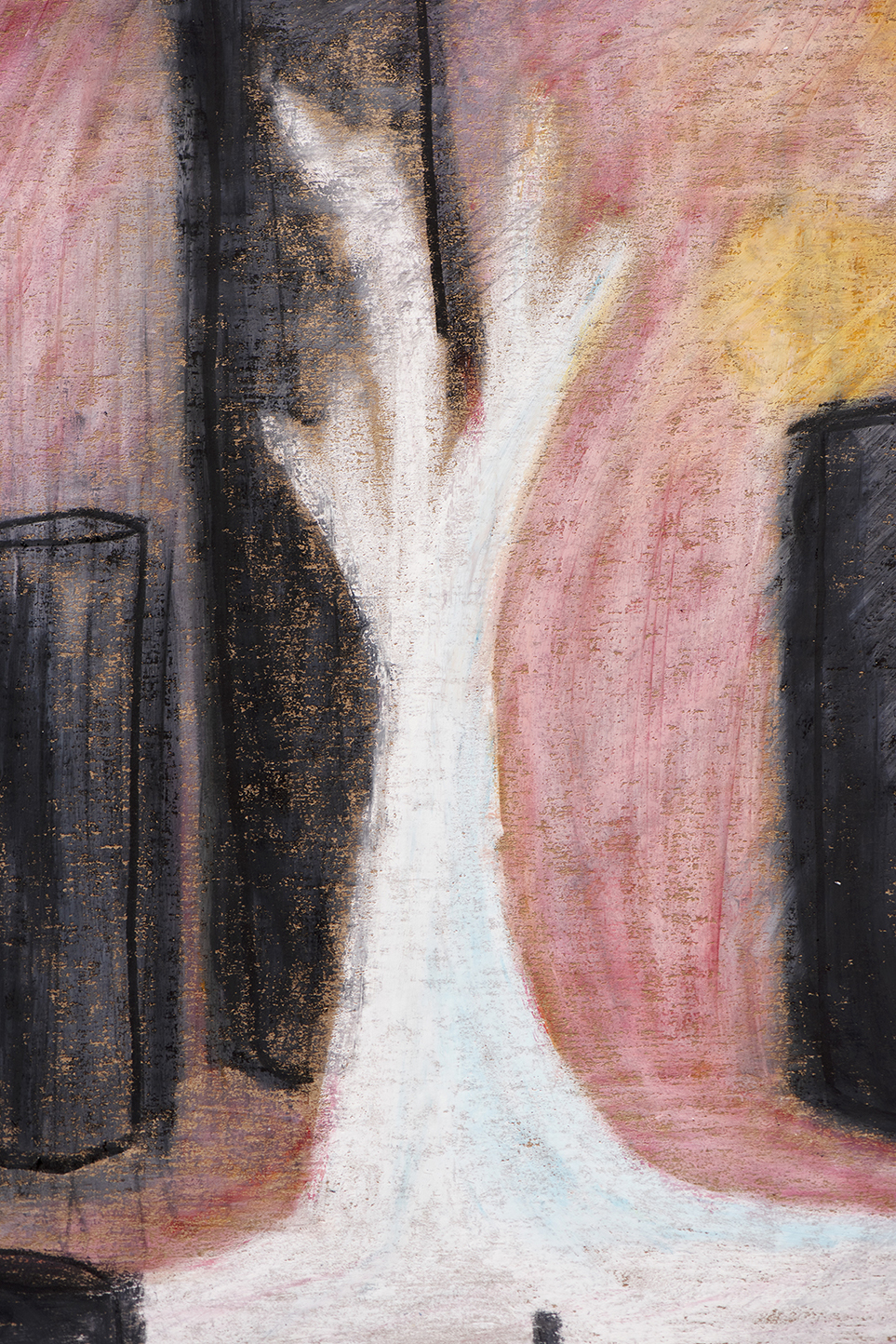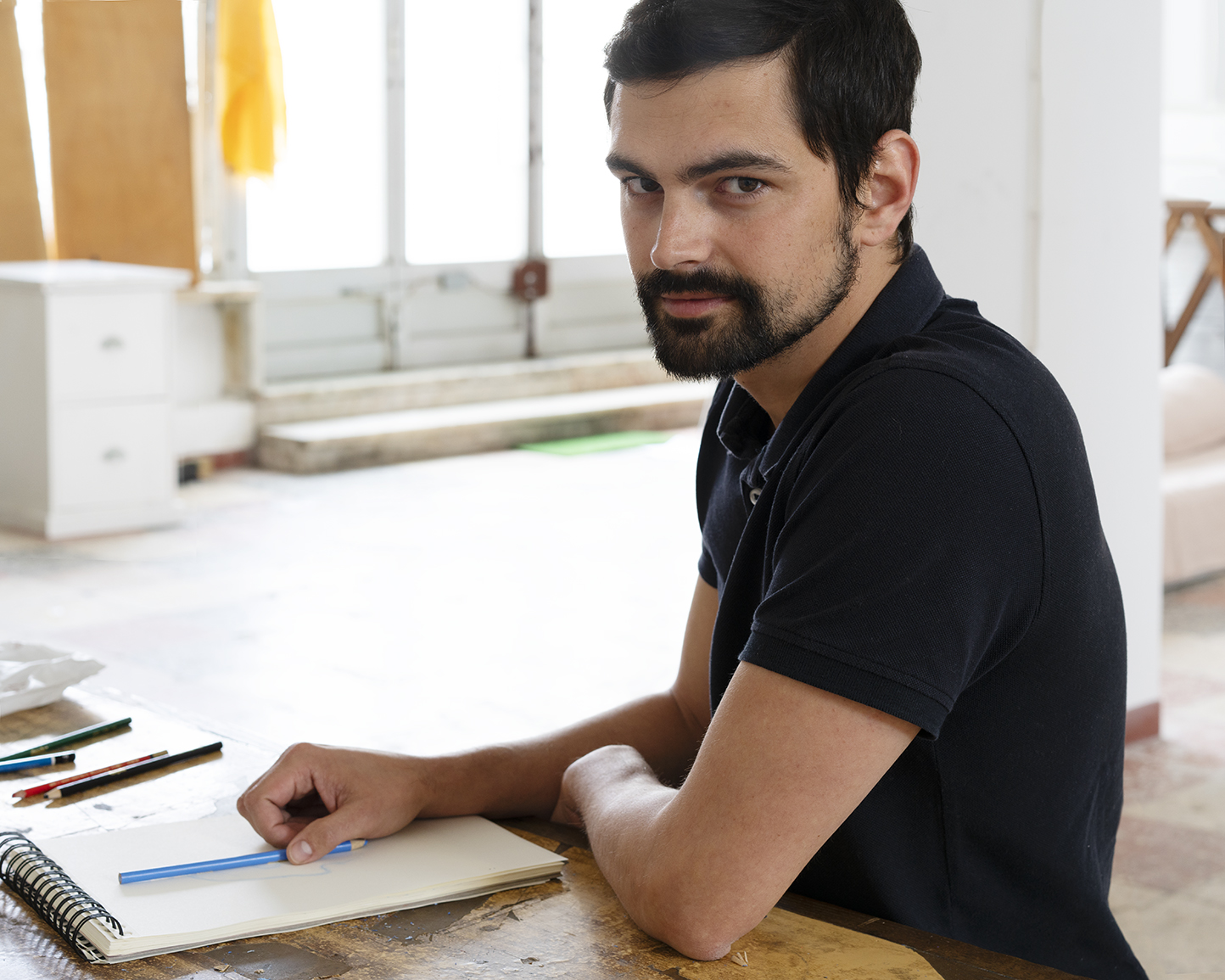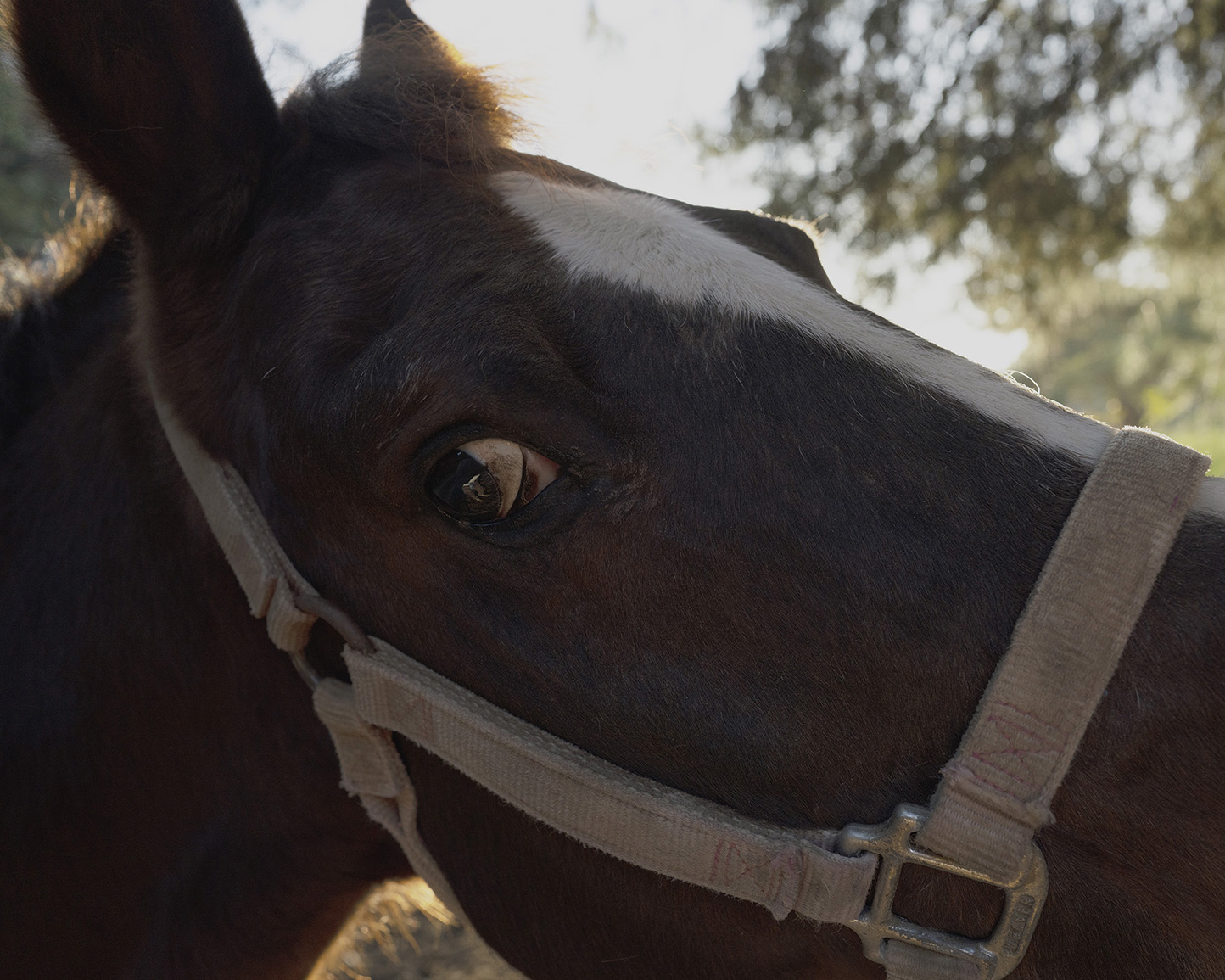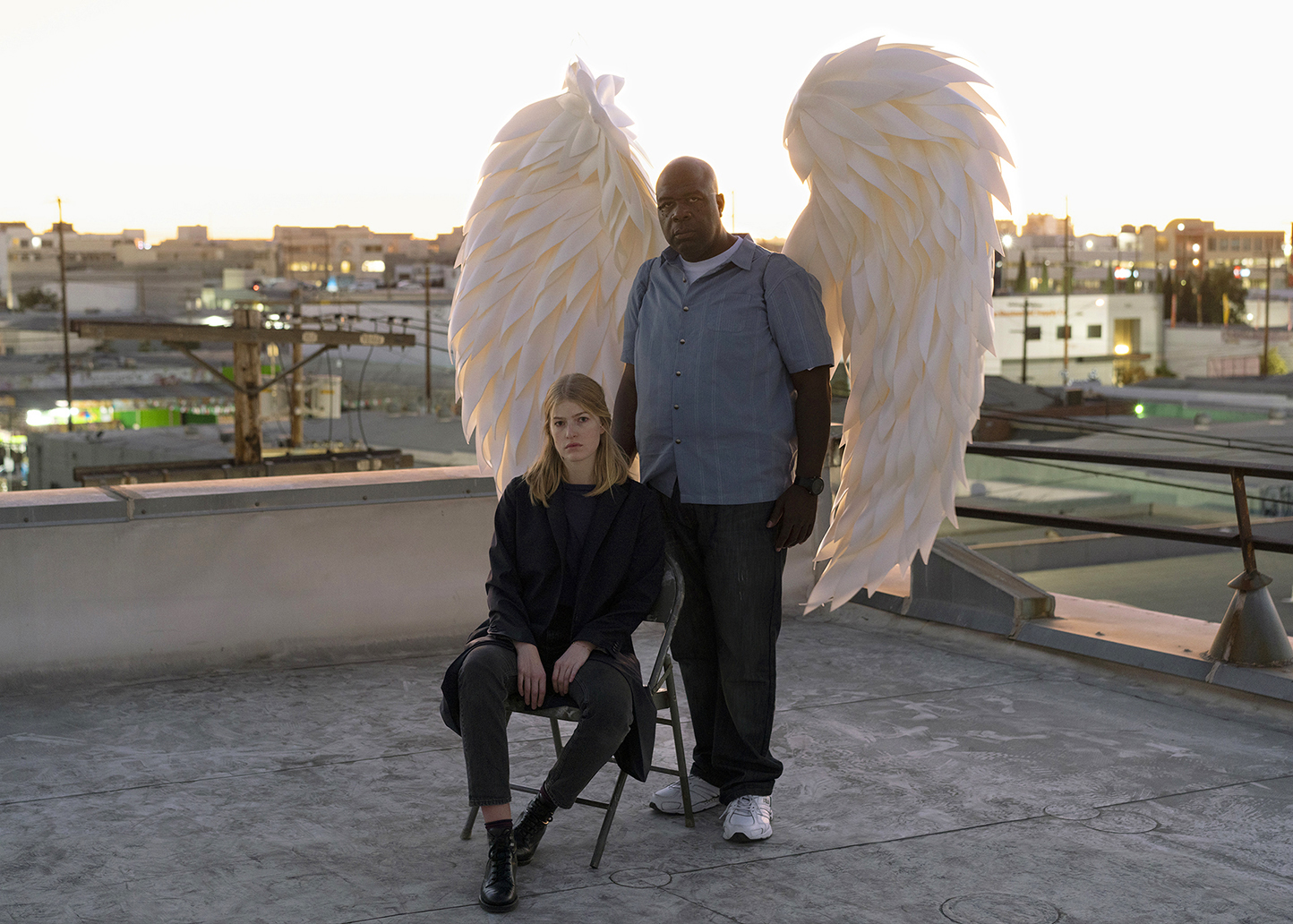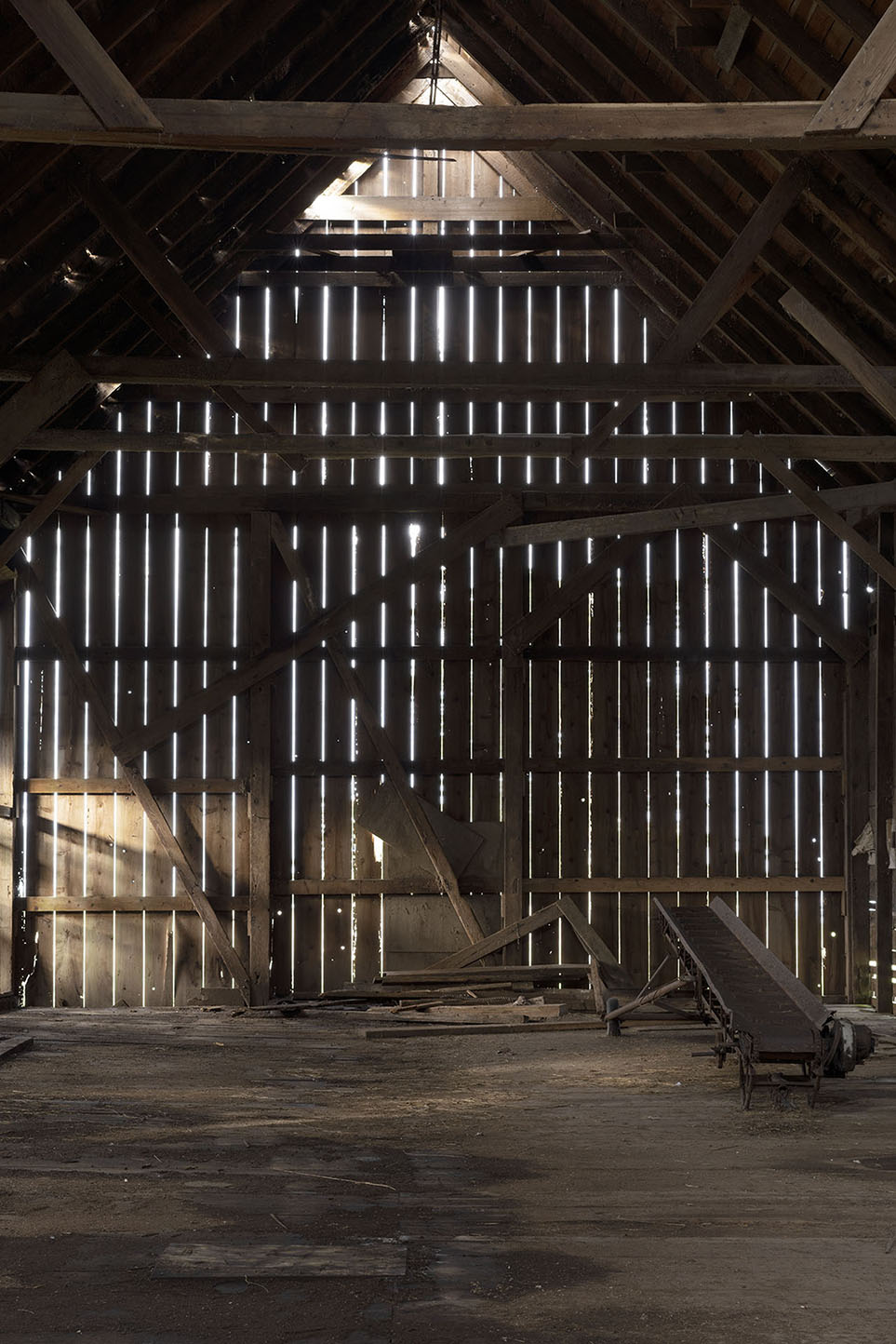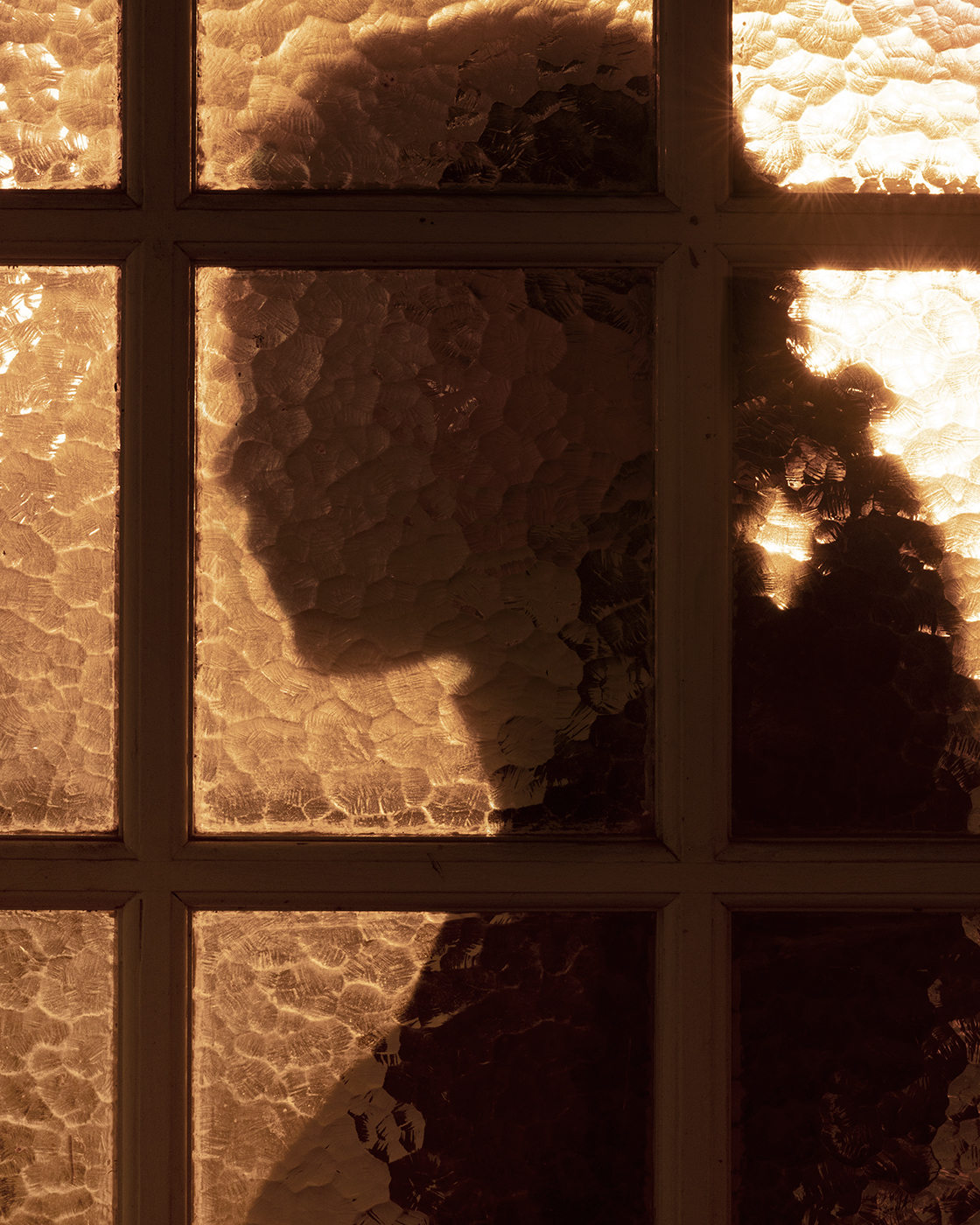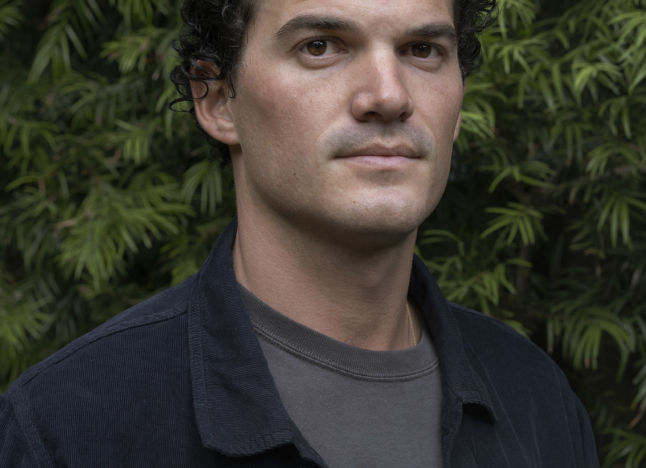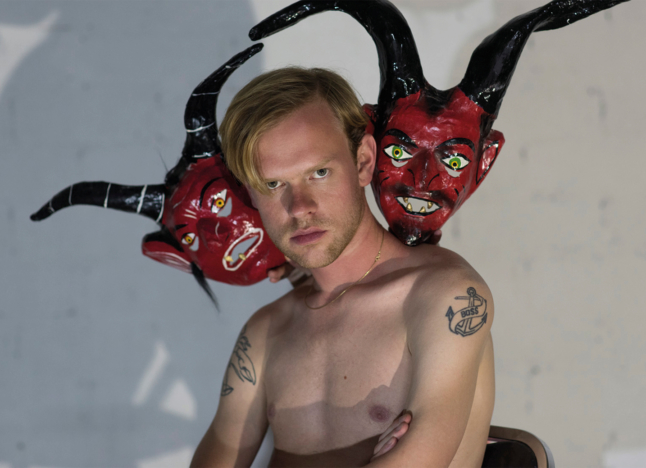Guillaume Tomasi
Artist Feature
Every week an artist is featured whose single image was published by Der Greif. The Feature shows the image in the original context of the series.
Louis Heilbronn - Orchard Continued
Mar 18, 2020
Orchard Continued (2016 -2018). Raised in the U.S. by French parents, I came to identify with America through imagery I later recognized as being Californian in its construction. First from sentimental Hollywood films, and later the novels of John Steinbeck, I viewed California as a place of renewal and freedom through its connection to the soil and the land. When I began making photographs on the West Coast in 2016, I used this romanticized idea of America to illustrate a placeless and timeless illusion of life through images. Juxtaposing picturesque scenes of figures in the landscape with romantic symbols of rural life, these photographs question both the exhibition of the ideal in photography and the boundaries that exist within them.
With a subject centered in the frame, many of these images are spatially constructed through an in-camera grid to keep them rigid and formulaic. I found it important to push the images as close to formal perfection as possible in order to give them an impressionistic and mechanical feel. Having pursued sites where day travelers typically gather to experience the outdoors, I found myself searching for a specific axis point, where overlapping visual histories could be collapsed and layered within a shared observation of daily life. These images are the outcome of that pursuit as they show both the repetitive nature of the photographic act, as well as that of human behavior. With the figures reduced to a small scale, the dramatic surroundings de-fine their existence, questioning the uniqueness of the individual experience all while enveloped in the natural landscape that we understand to be in peril.
Artist Blog
The blog of Der Greif is written entirely by the artists who have been invited to doing an Artist-Feature. Every week, we have a different author.
Published in:
»Guest-Room Matthew Leifheit«
Prologue to a Myth (2018 – 2020) V
Mar 24, 2020 - Louis Heilbronn
The decision to manipulate the viewer through the juxtaposition of stylistically flawed yet emotional images, with a cast of awkwardly familiar characters and motifs, came out of the desire to speak to the deceptive nature of photographs and art. Due to the formal and romantic nature of each image, which have been constructed and coded based on the popularized ideas of what photographs “should” be, a viewer is actively lured in. Yet the photographs are flawed, staged, and corrupted in ways that derail one’s principal expectations. It is through this impending contradiction that the work becomes self reflexive, and is able to create a specific tension that can both welcome and alienate the viewer at the same time.
Prologue to a Myth (2018 – 2020) IV
Mar 23, 2020 - Louis Heilbronn
The photographs using actors and models combine themes of invented and well known stories and fairytales. As part of my process, I wrote a series of one act plays that the body of work illustrates. I wanted to create a theatrical world that was both epic and transparent. Working with different types of images and tones helped me create the imbalance that I was striving for. As one experience’s the theater, I wanted the viewer to be drawn in and alienated at the same time.
Prologue to a Myth (2018 – 2020) III
Mar 21, 2020 - Louis Heilbronn
After the Notre Dame fire last year, I became interested with ideas around purpose and how it is defined by our relationship to monumental traces of human history. Not just epic buildings, or precious materials but something as simple as the accumulation of scratches on a stone wall or wooden beam. Time creates an irreplaceable value with that come stories, both truth and myth.
Prologue to a Myth (2018 – 2020) I
Mar 19, 2020 - Louis Heilbronn
Prologue To A Myth (2018 – 2020) illustrates and preforms a directionless parable about the creation of a myth. It speaks to the critical role that stories and history play in creating a sense of purpose within the undefined. Shown through the fusion of factual and fantastical forms, this work is equally a study on process as it is on the exploitative function of emotional and romantic images. I began with a set of drawings that came together in the form of a storyboard. Later, I chose to make photographs of the drawings themselves in order to transform them into subject matter. From the world of these drawings sprung a narrative film: The Spirit Guide. The film, similar to the drawings, now only exist in photographs. The performance of the myth passes through the medium of drawing, film, and photography, highlighting the process over the logic.



